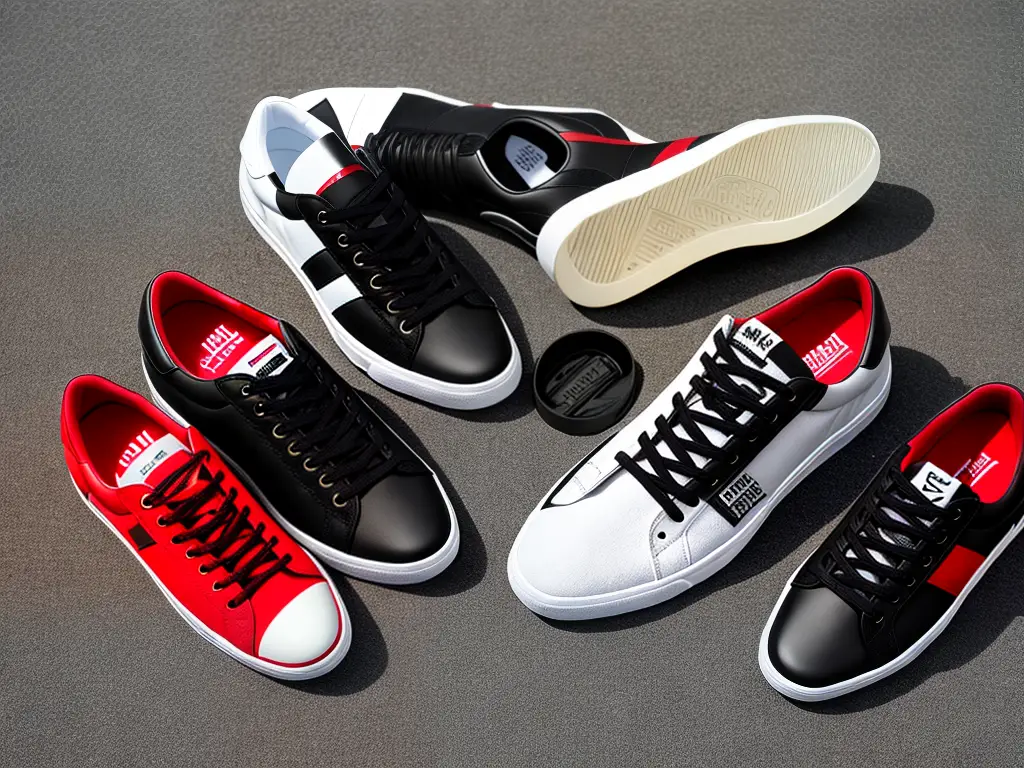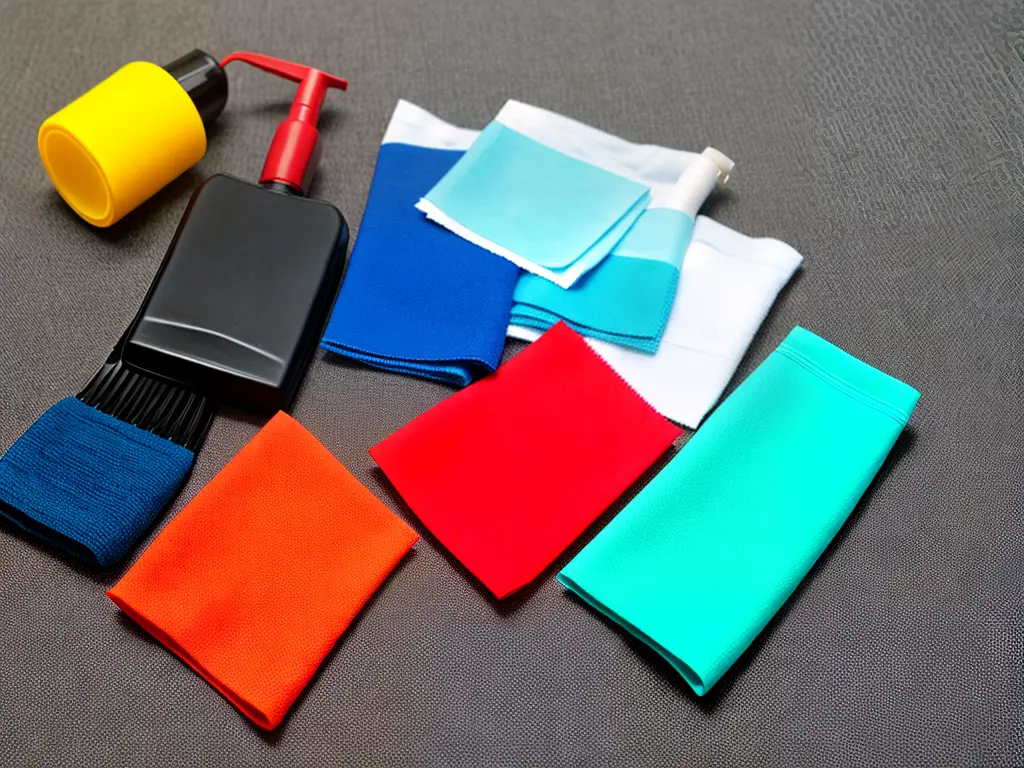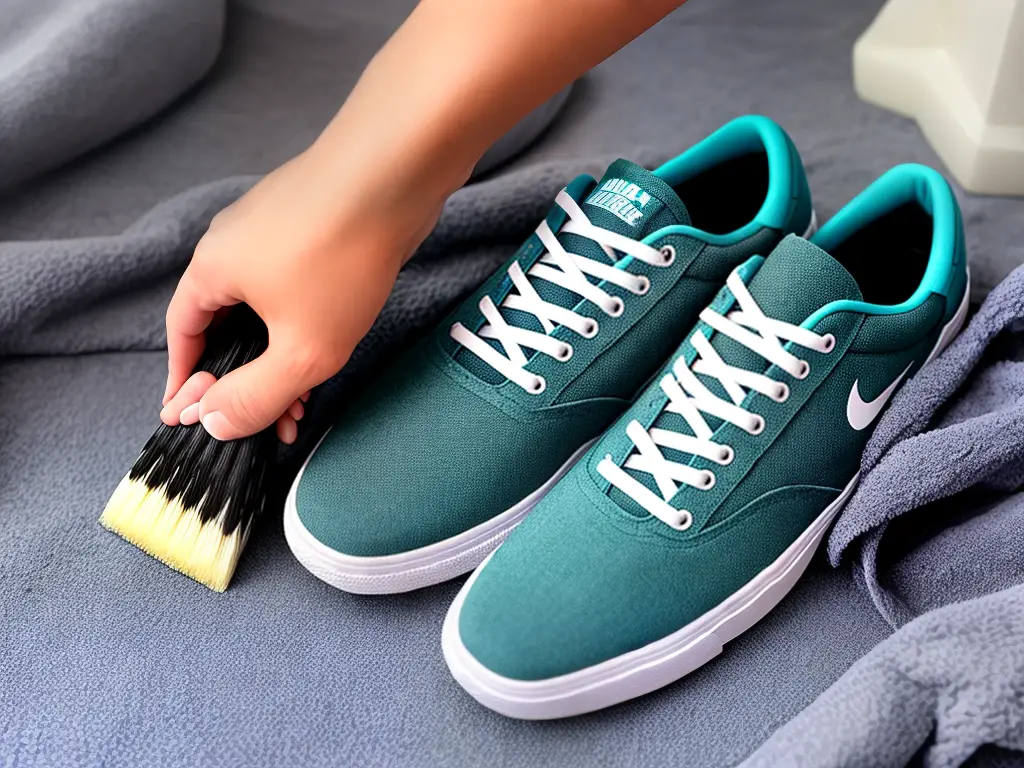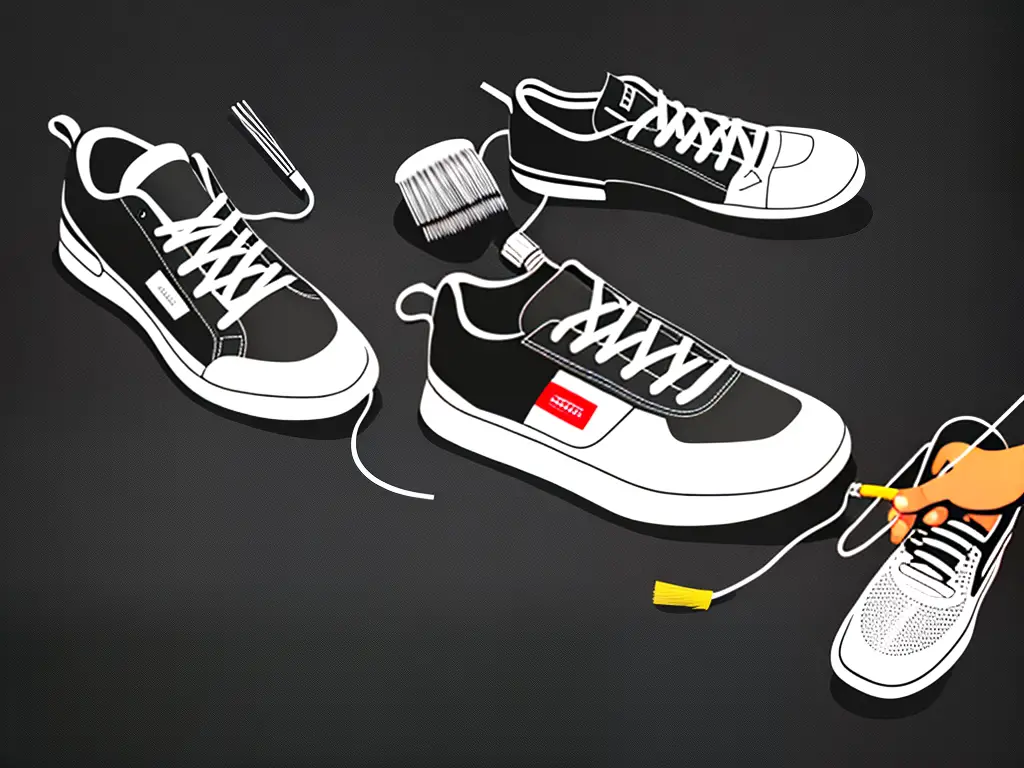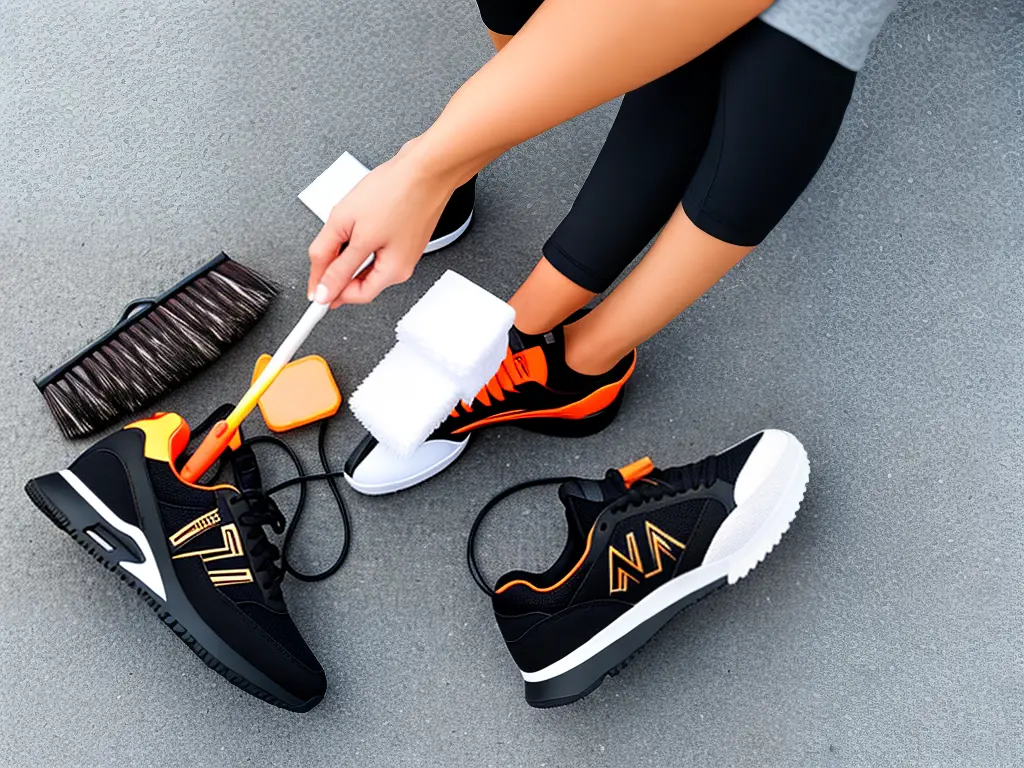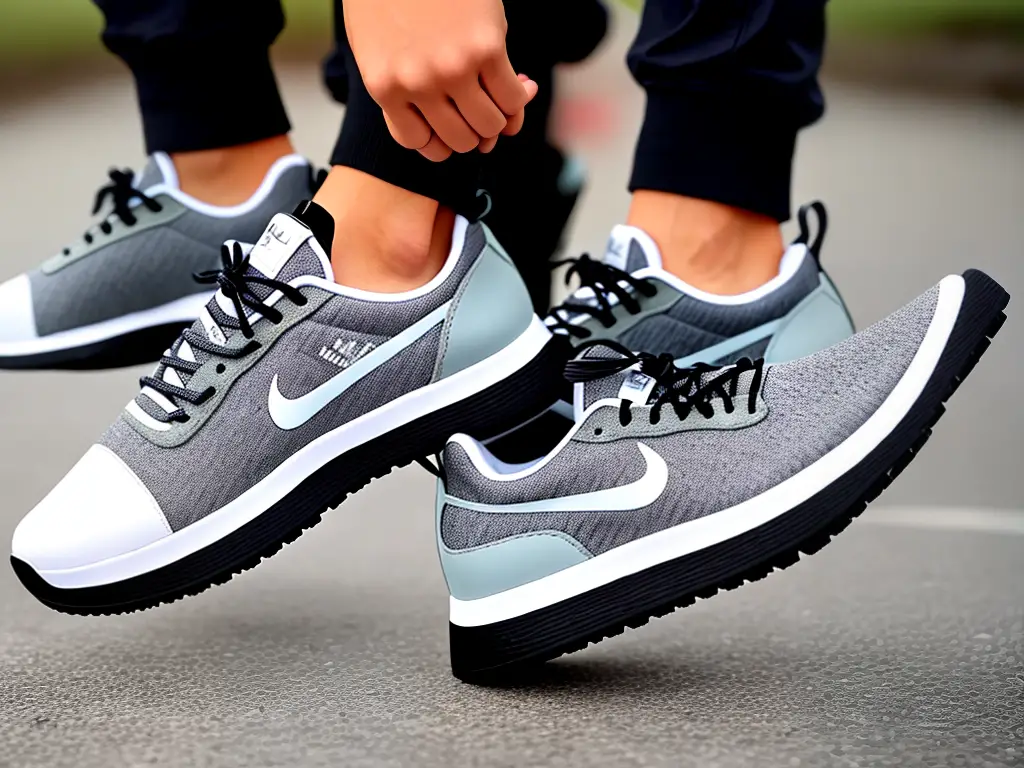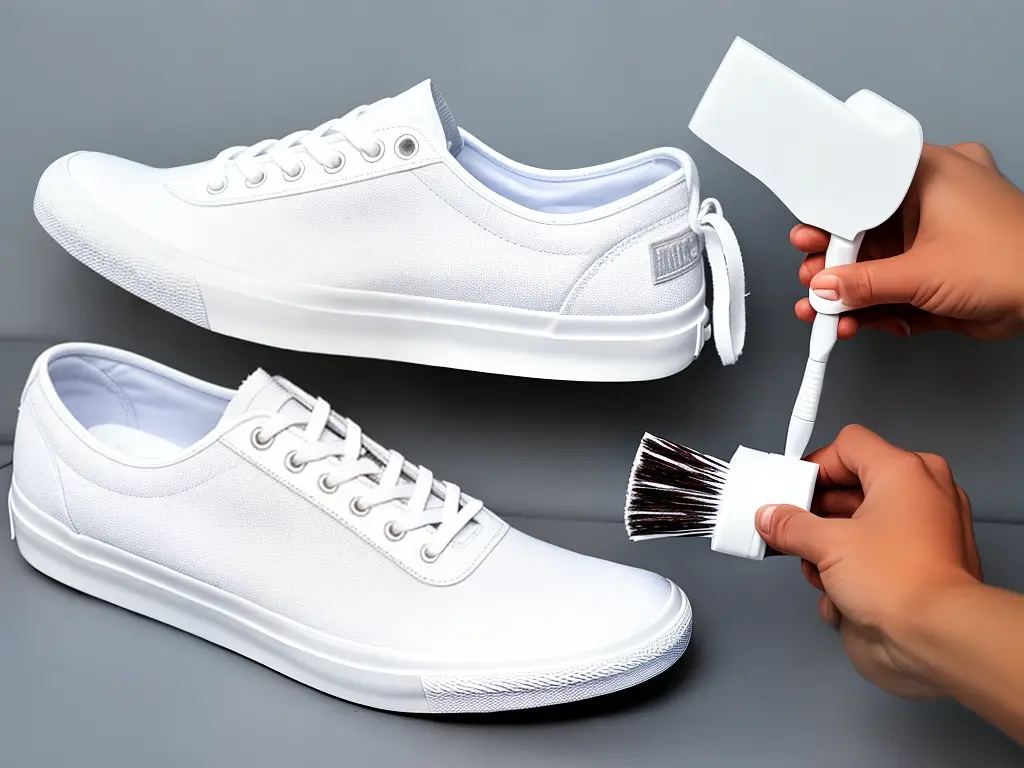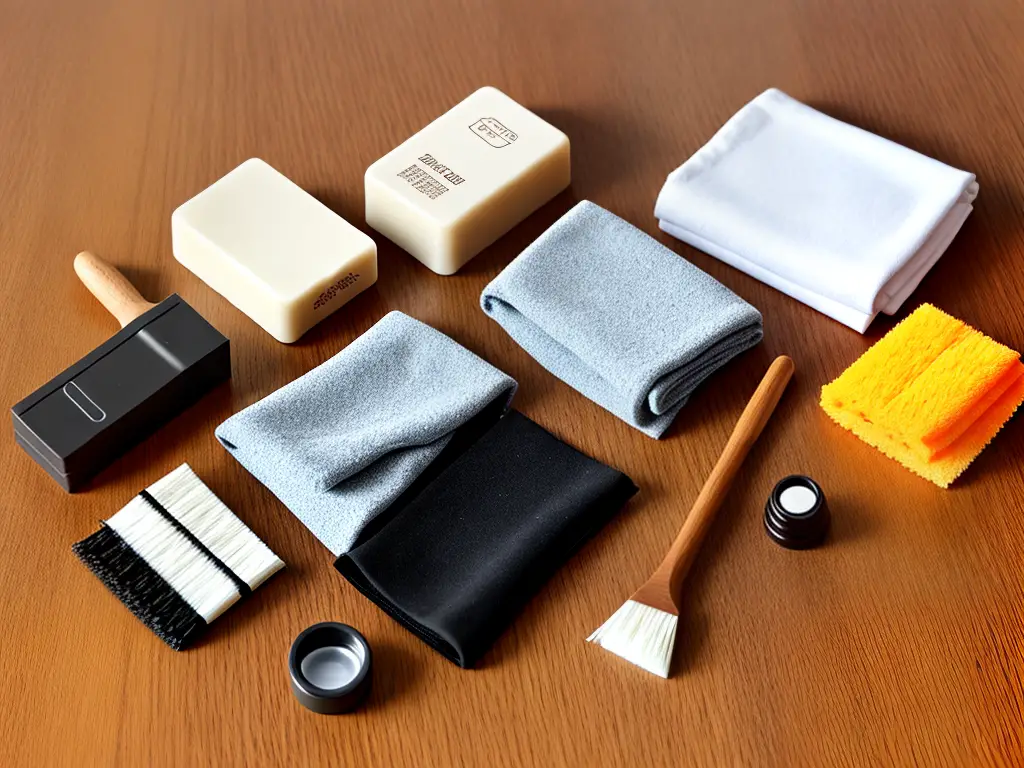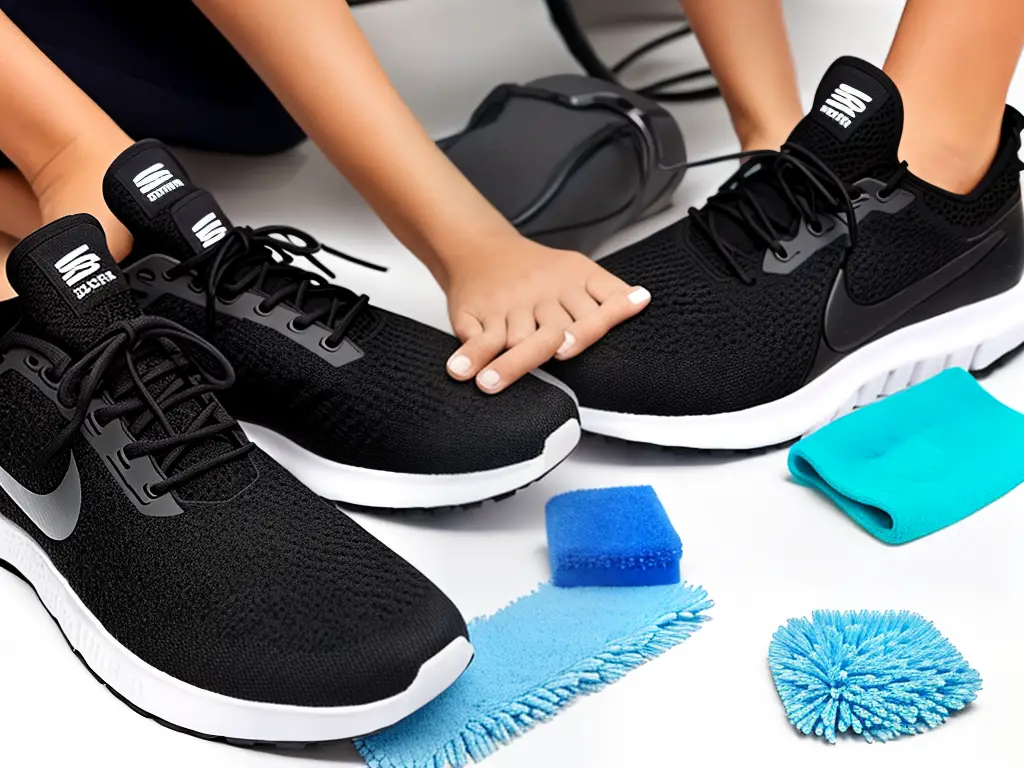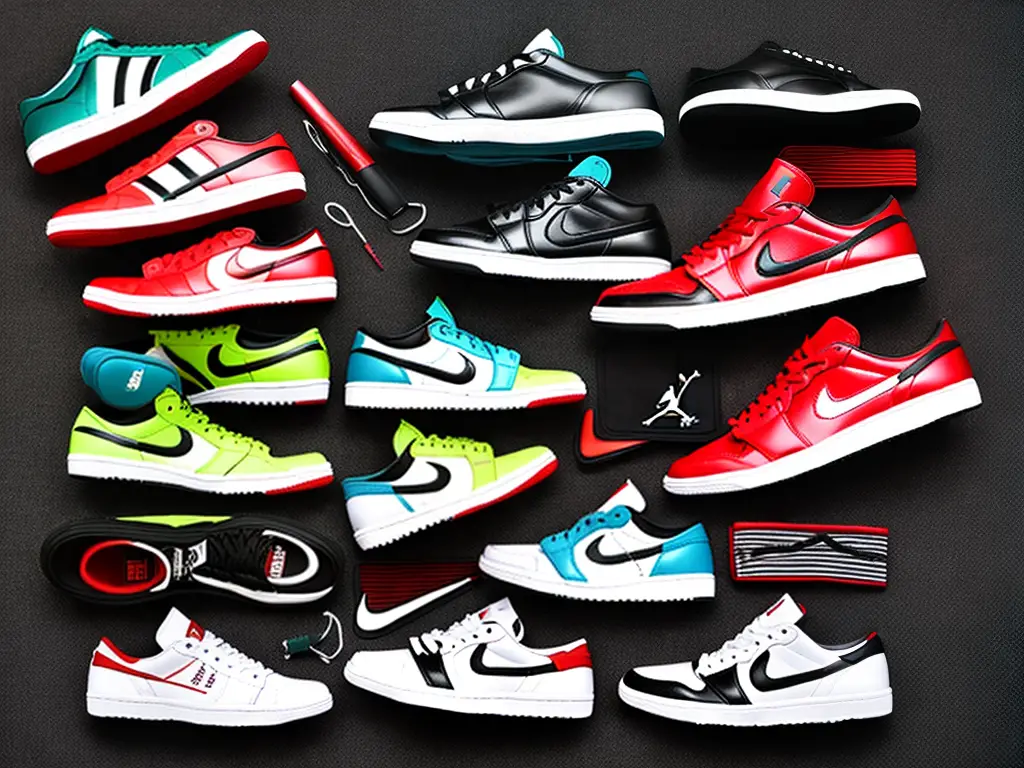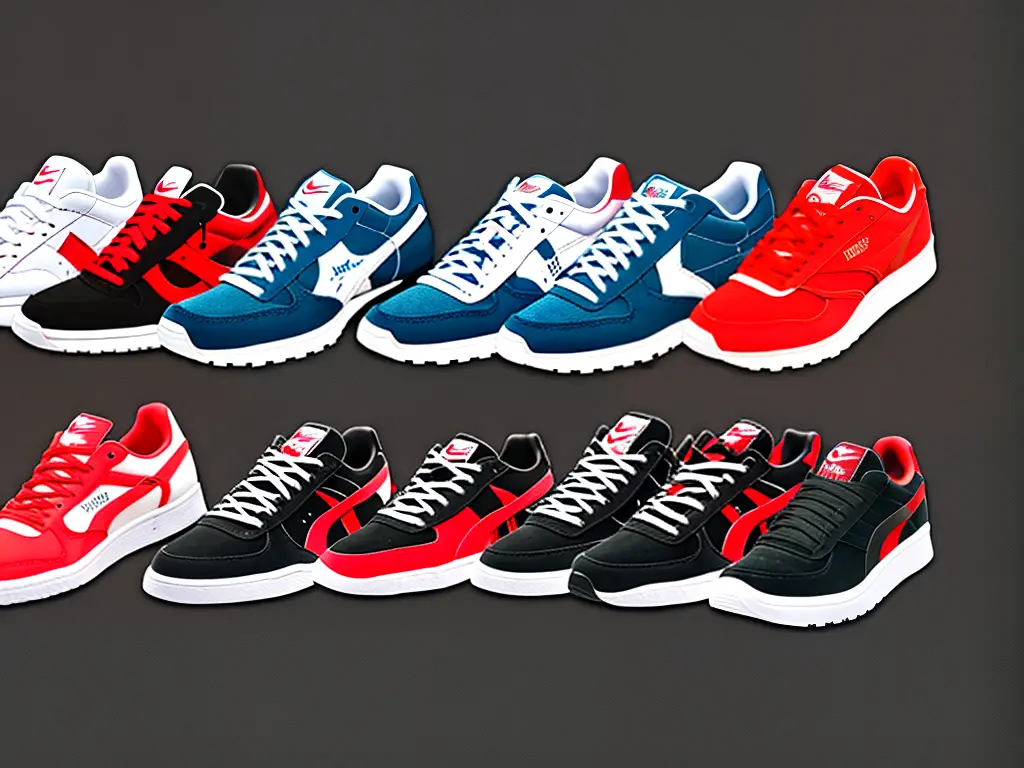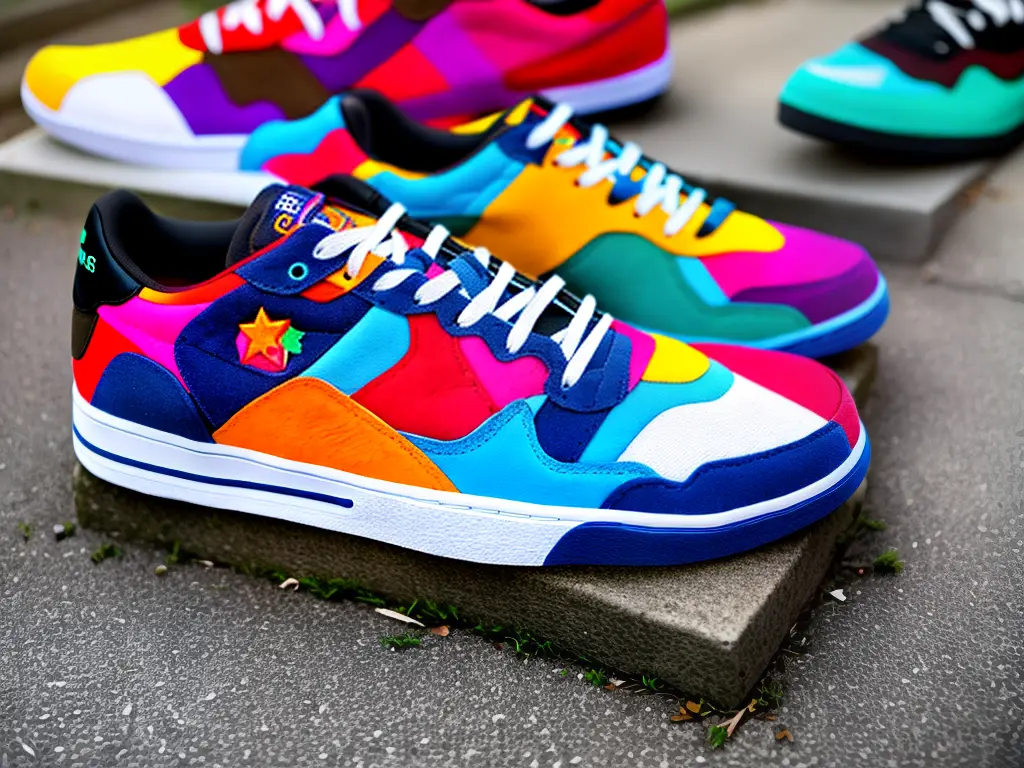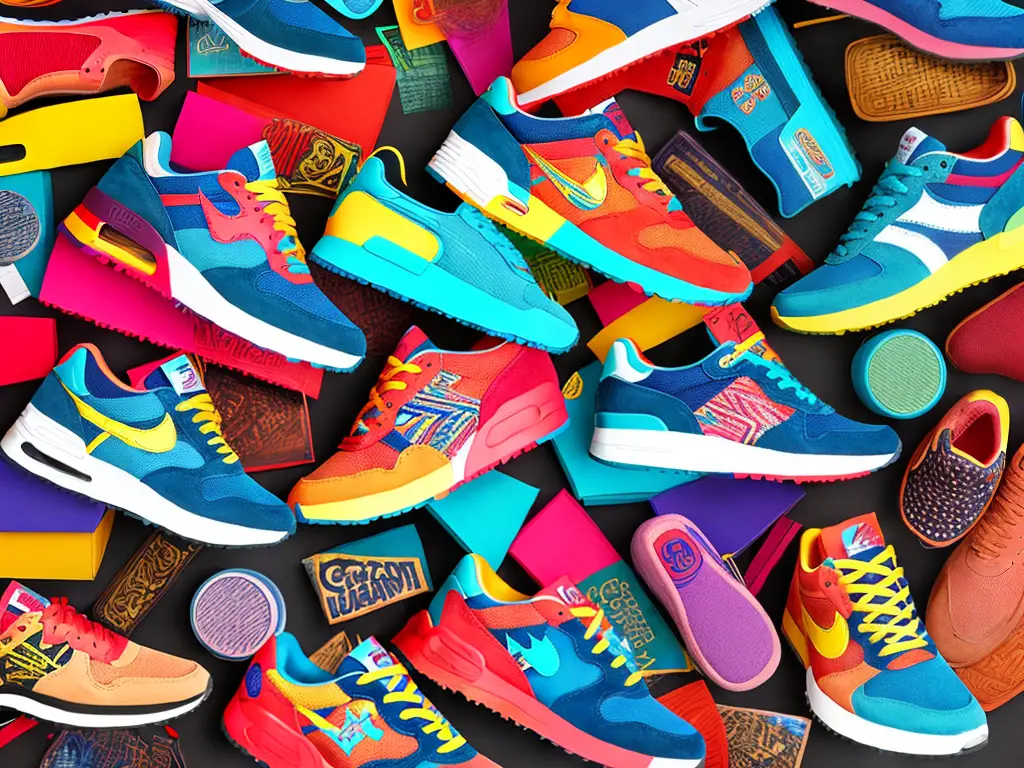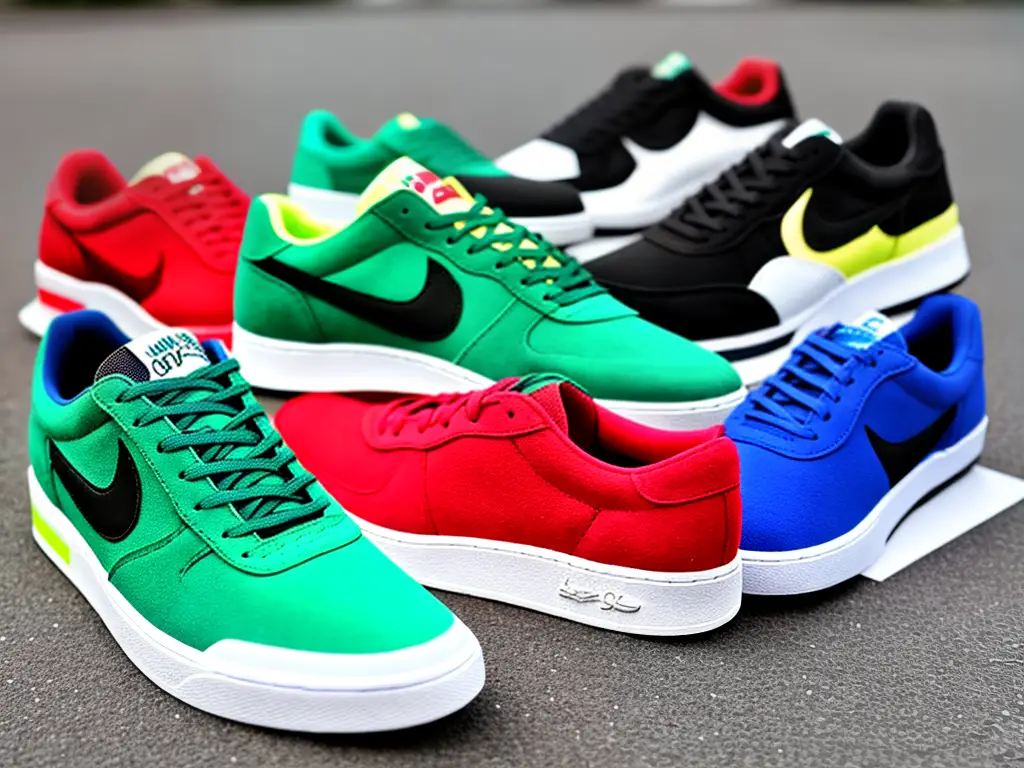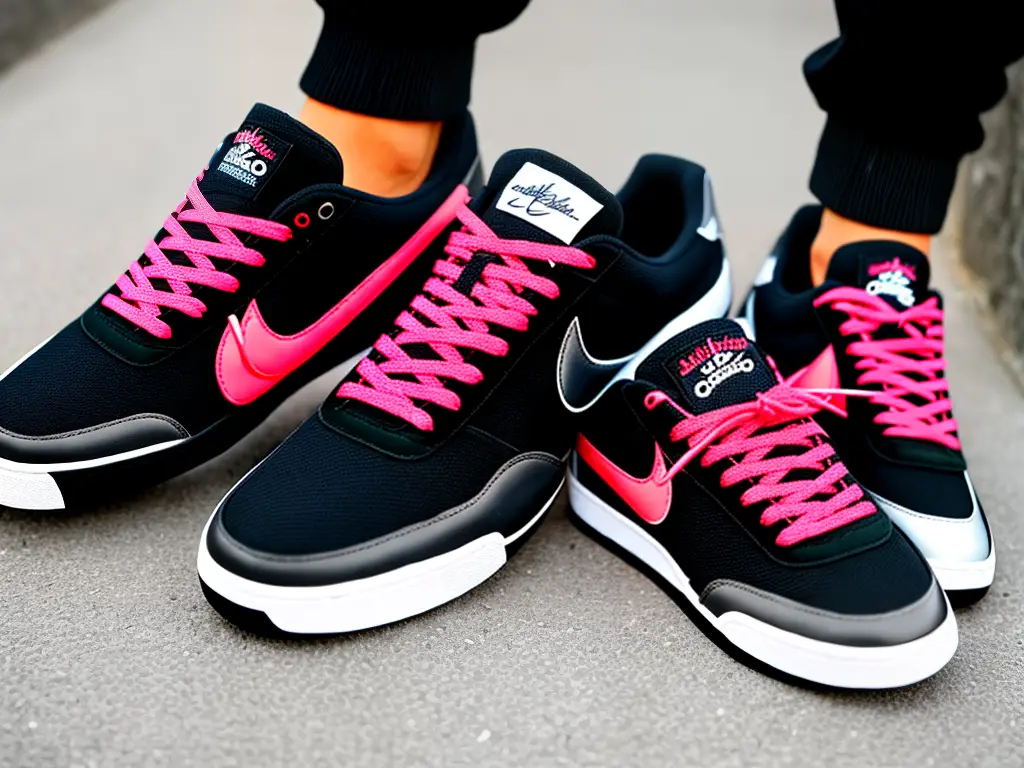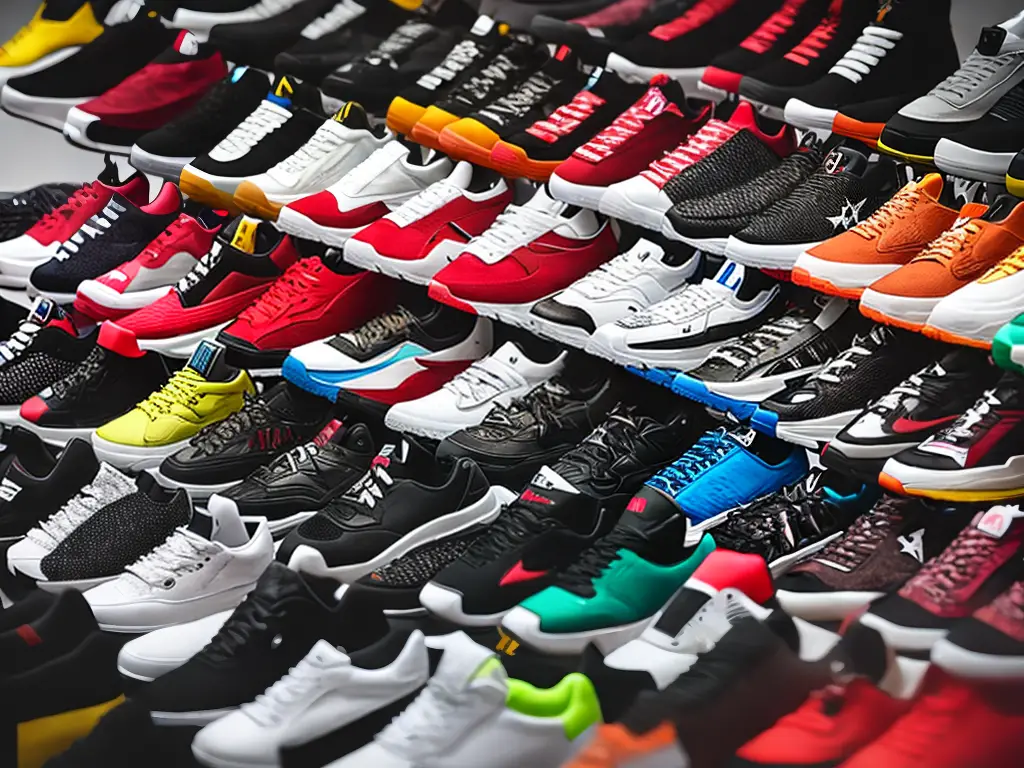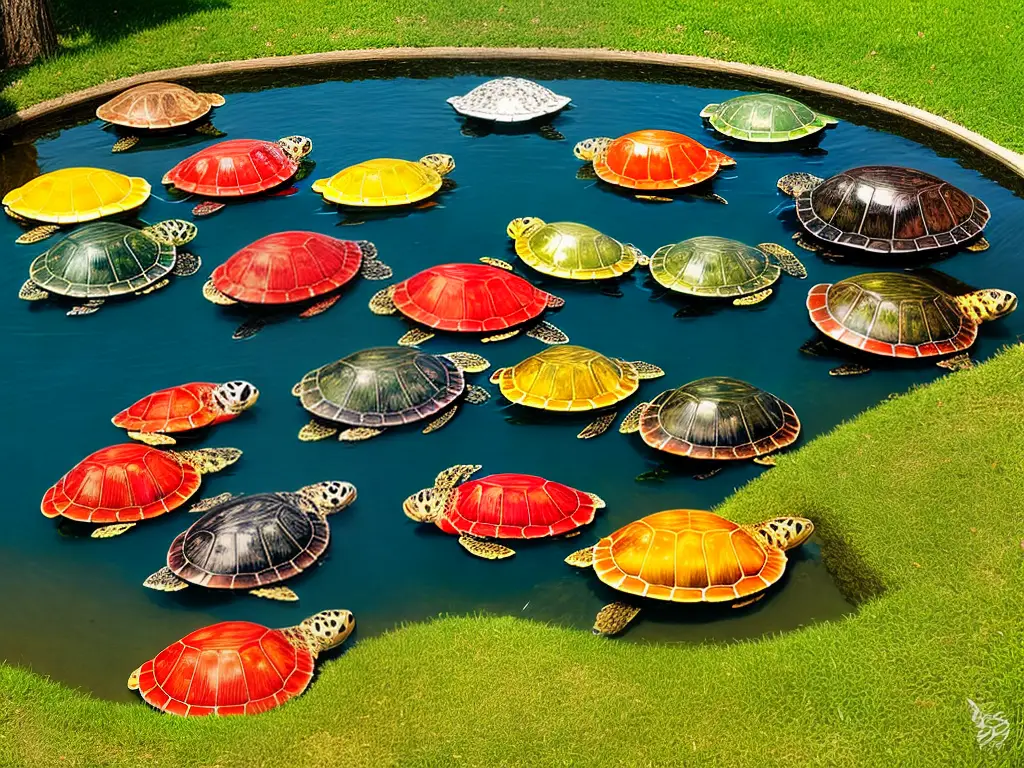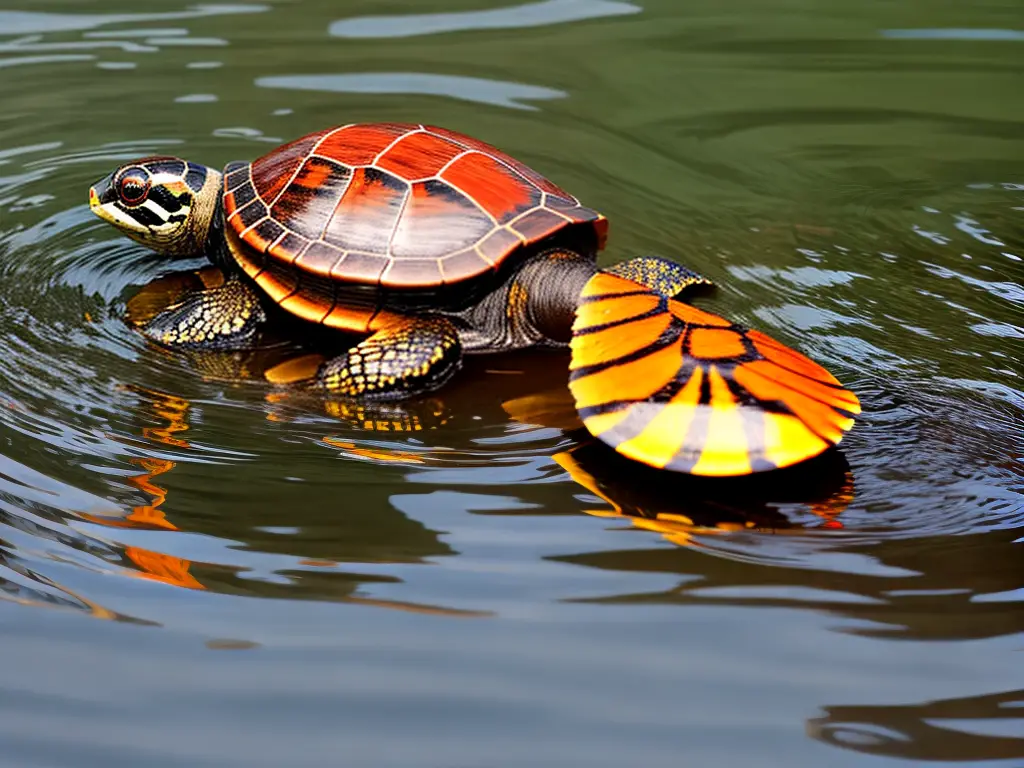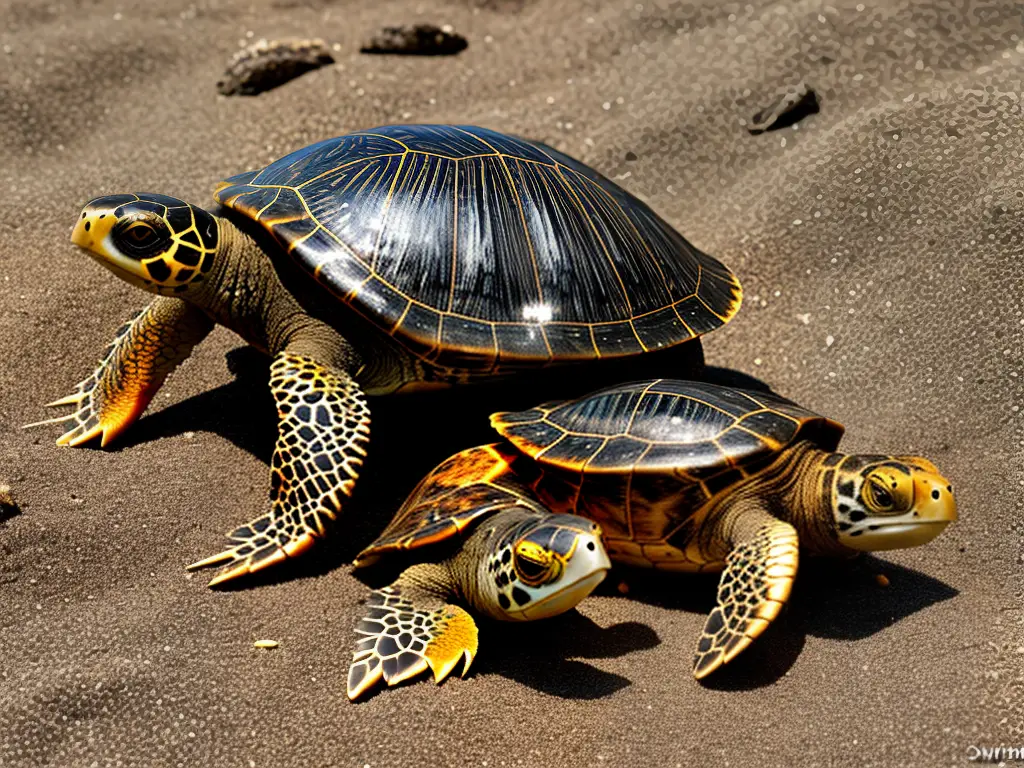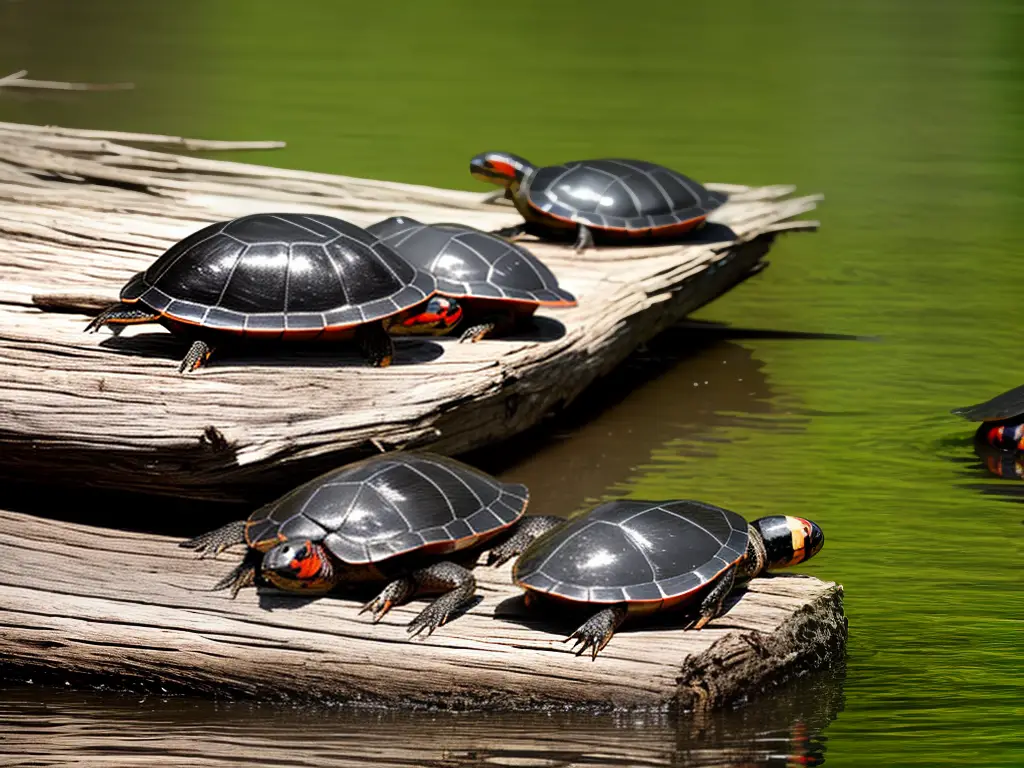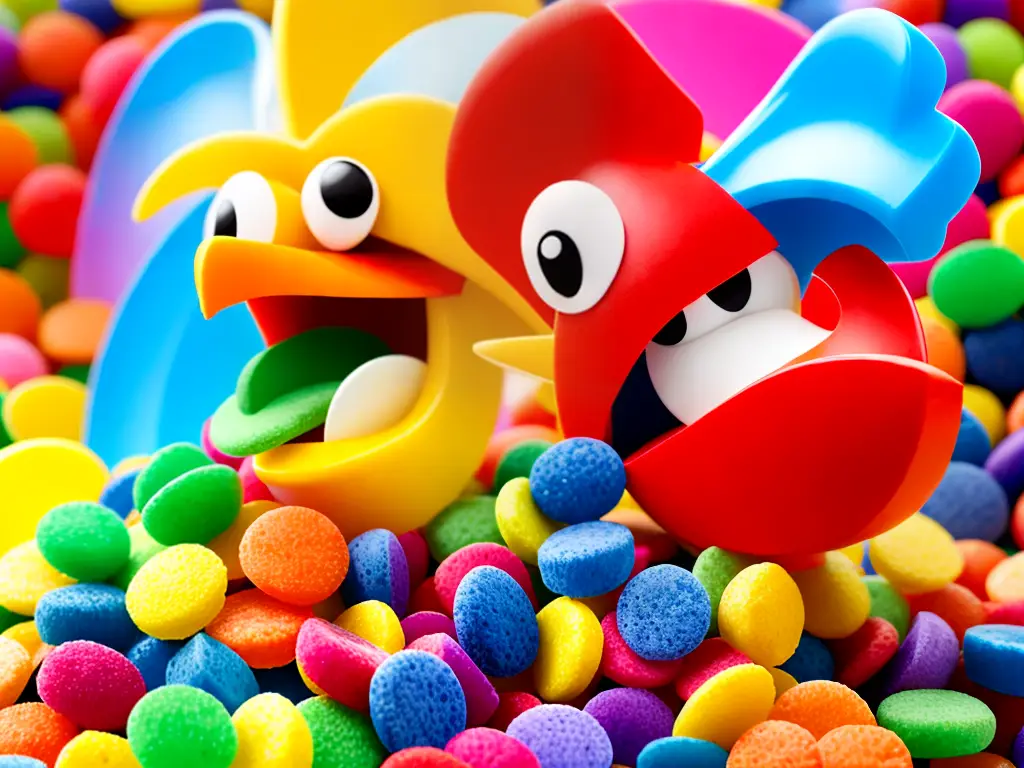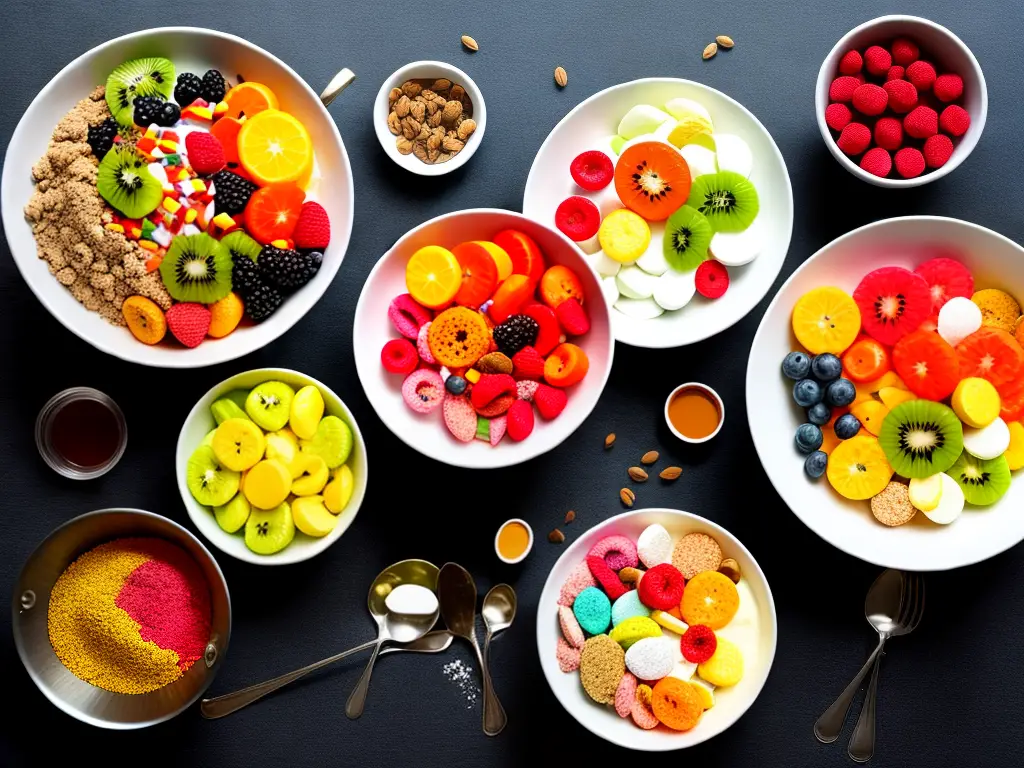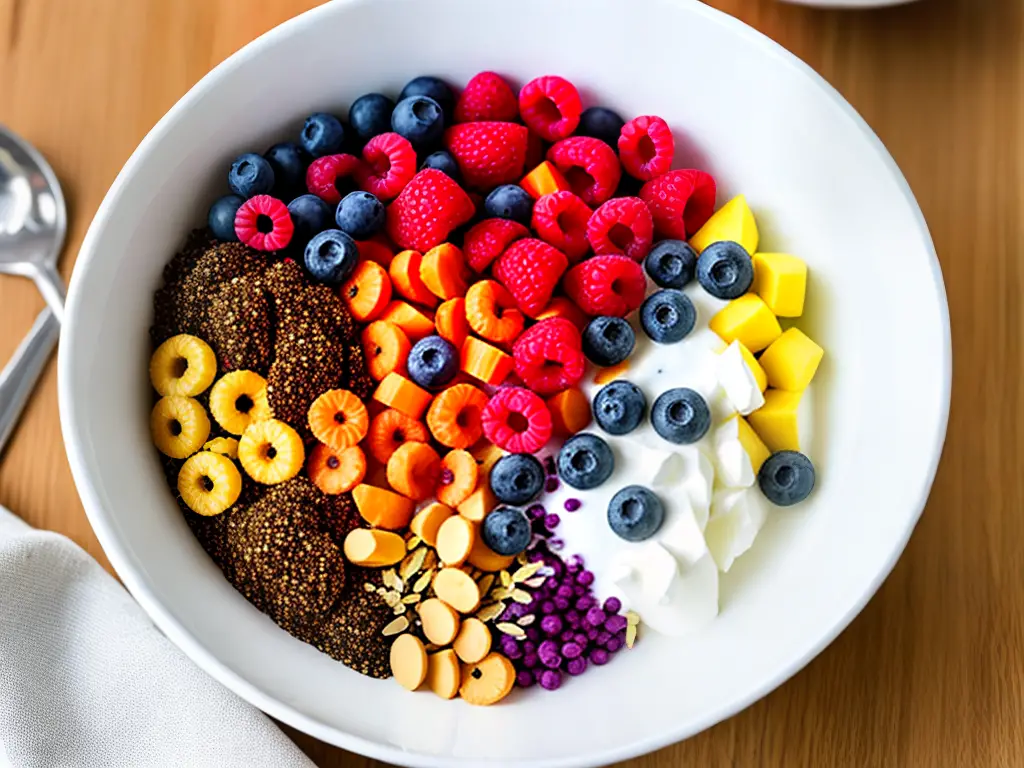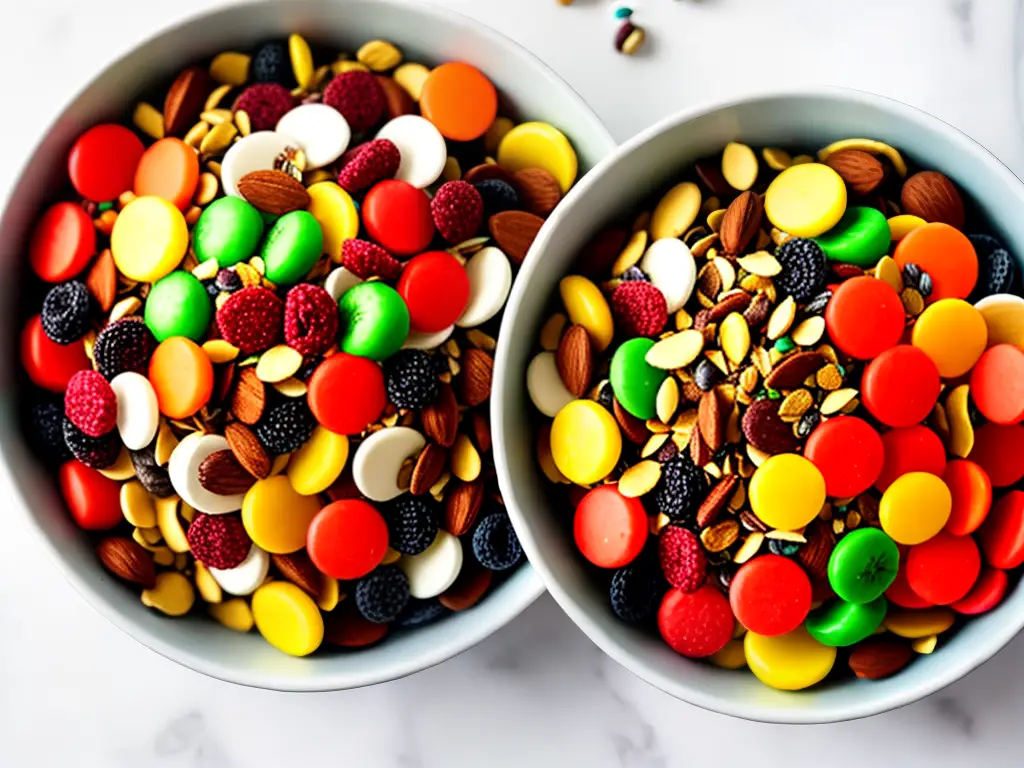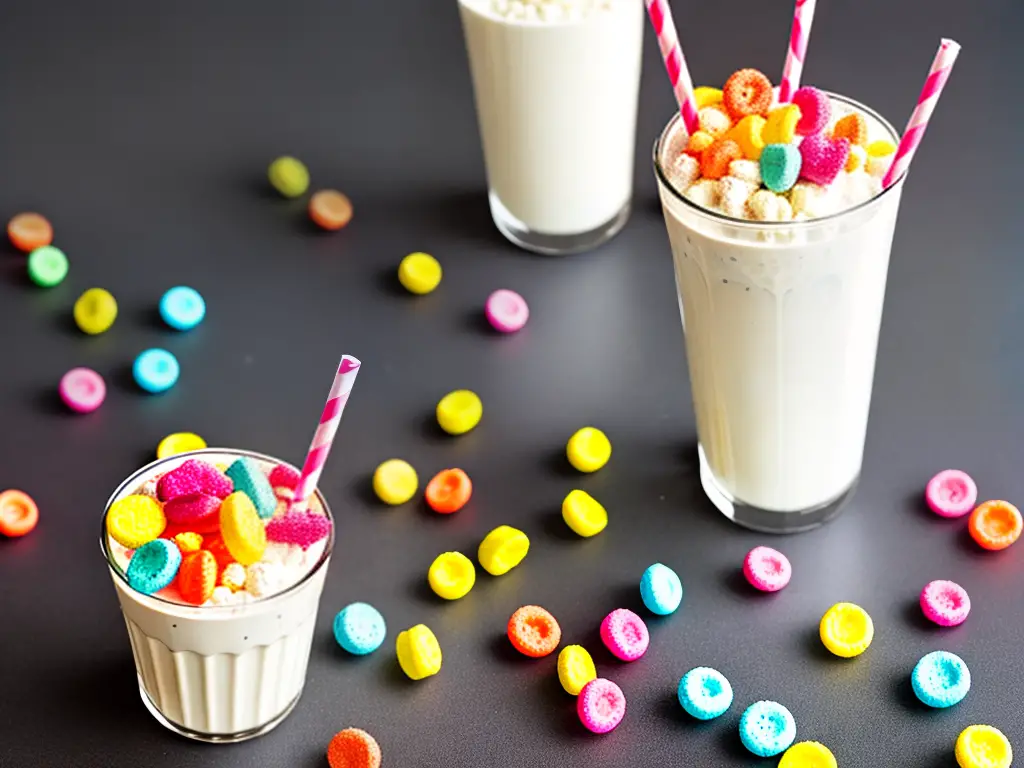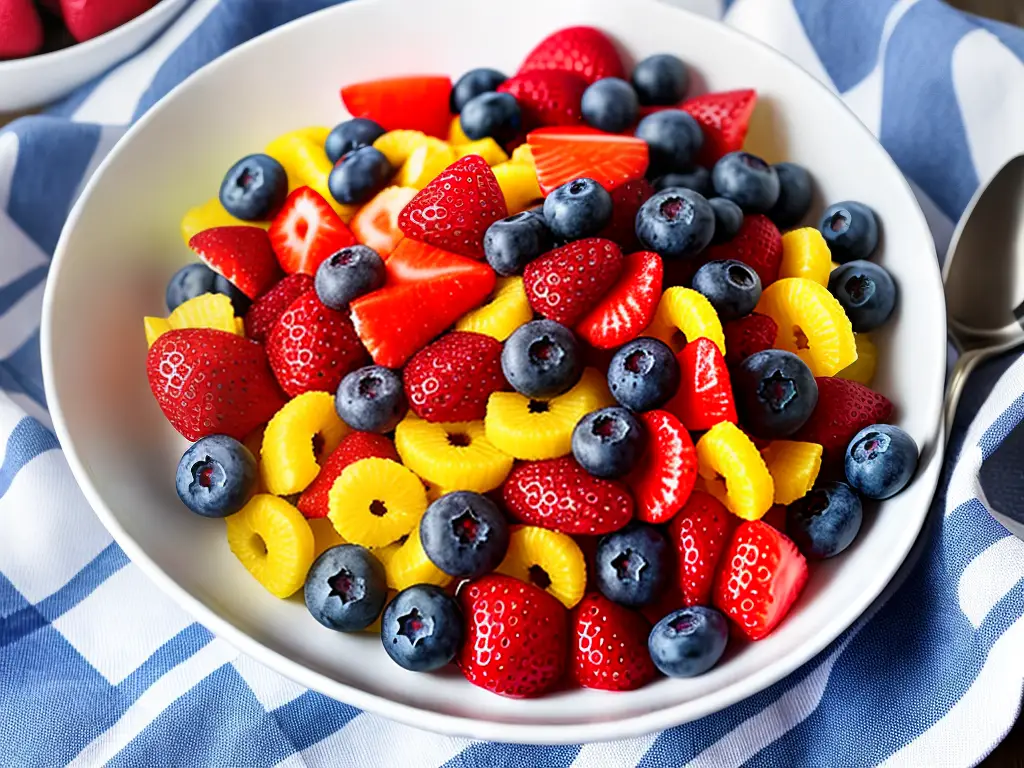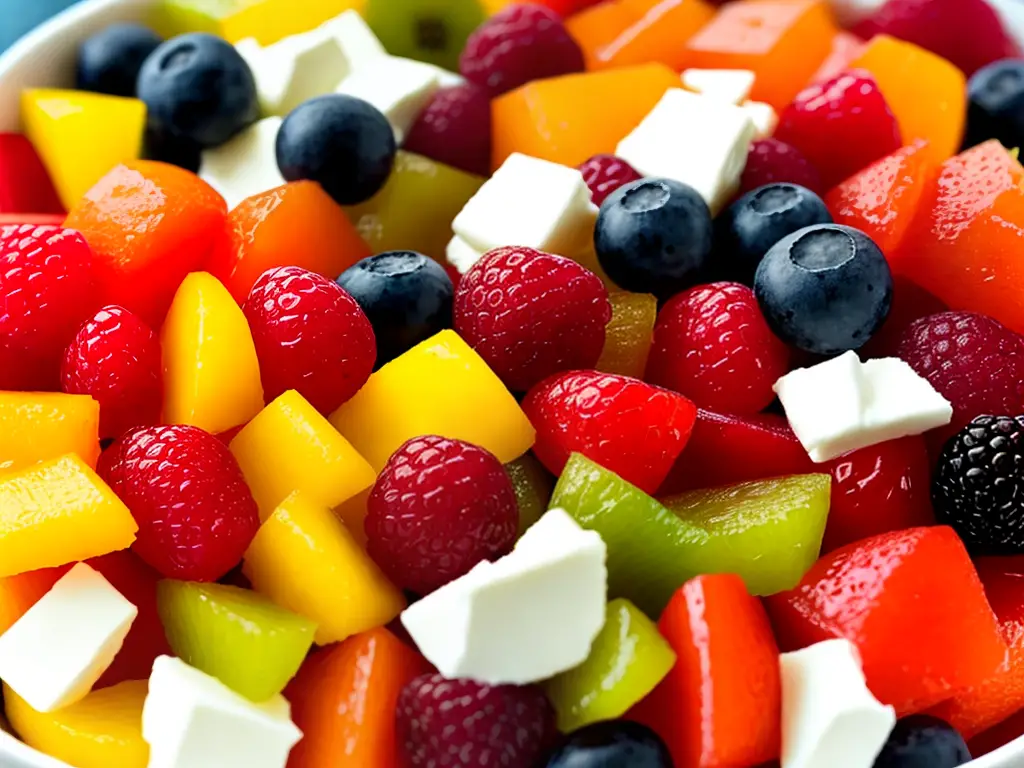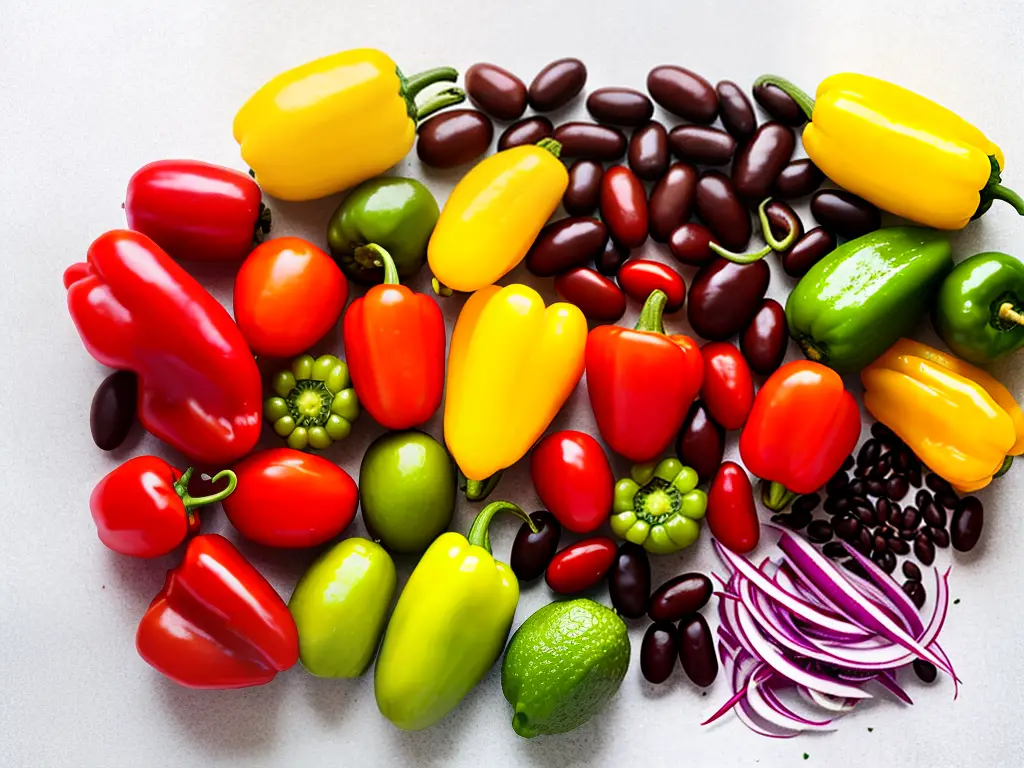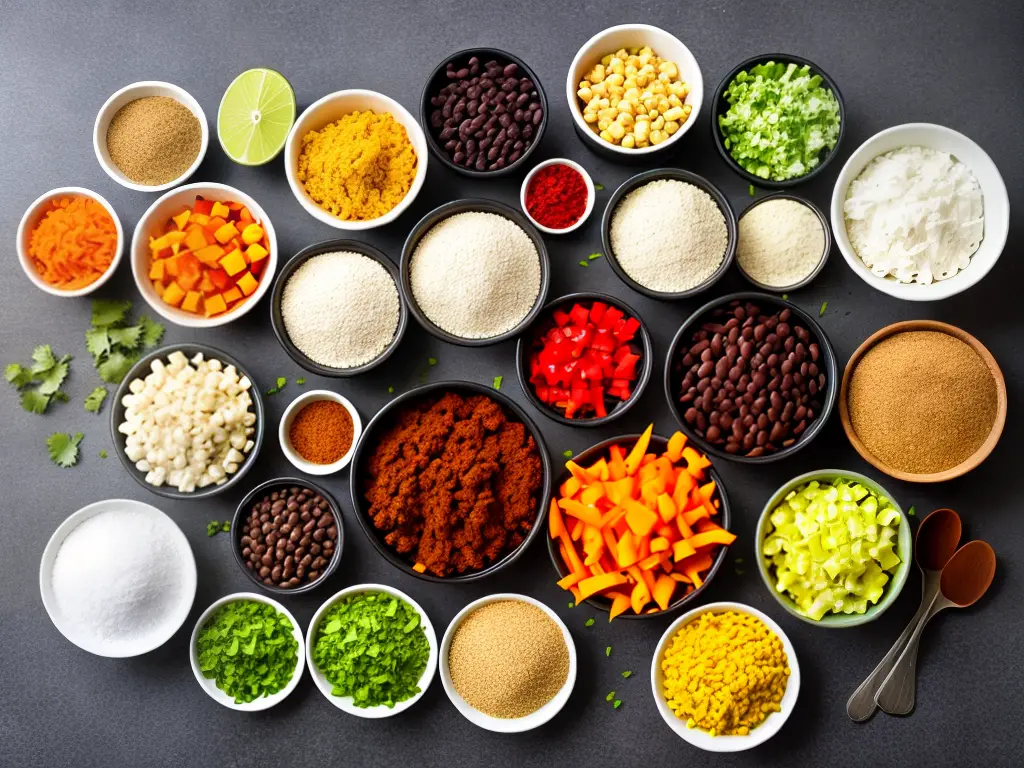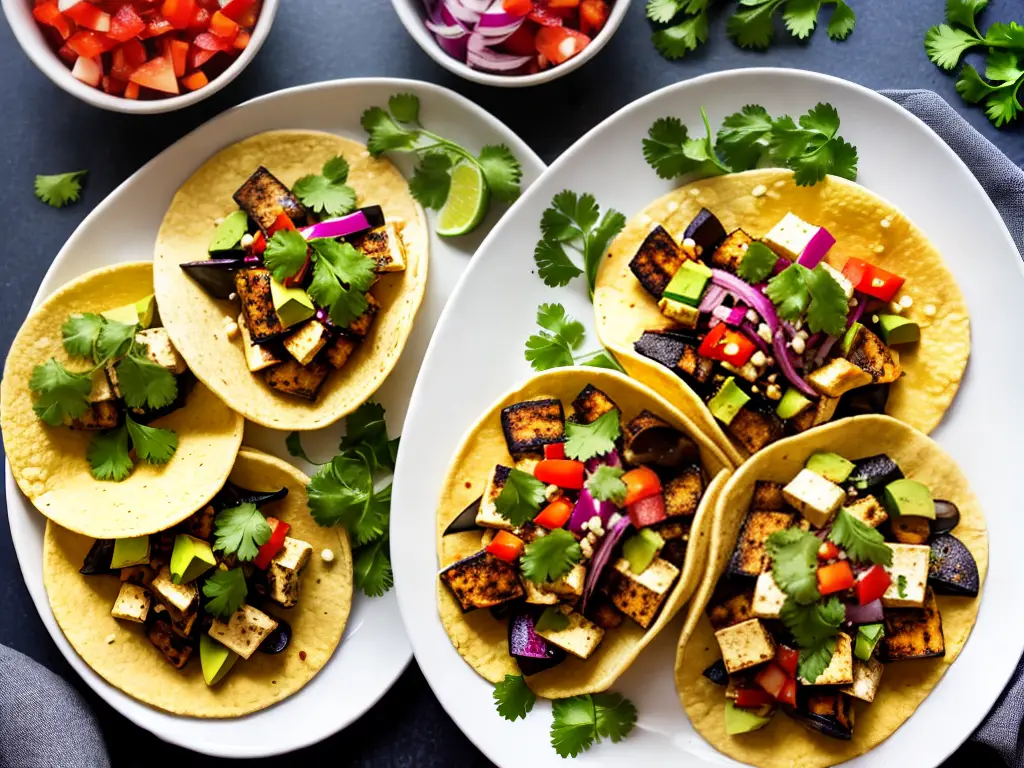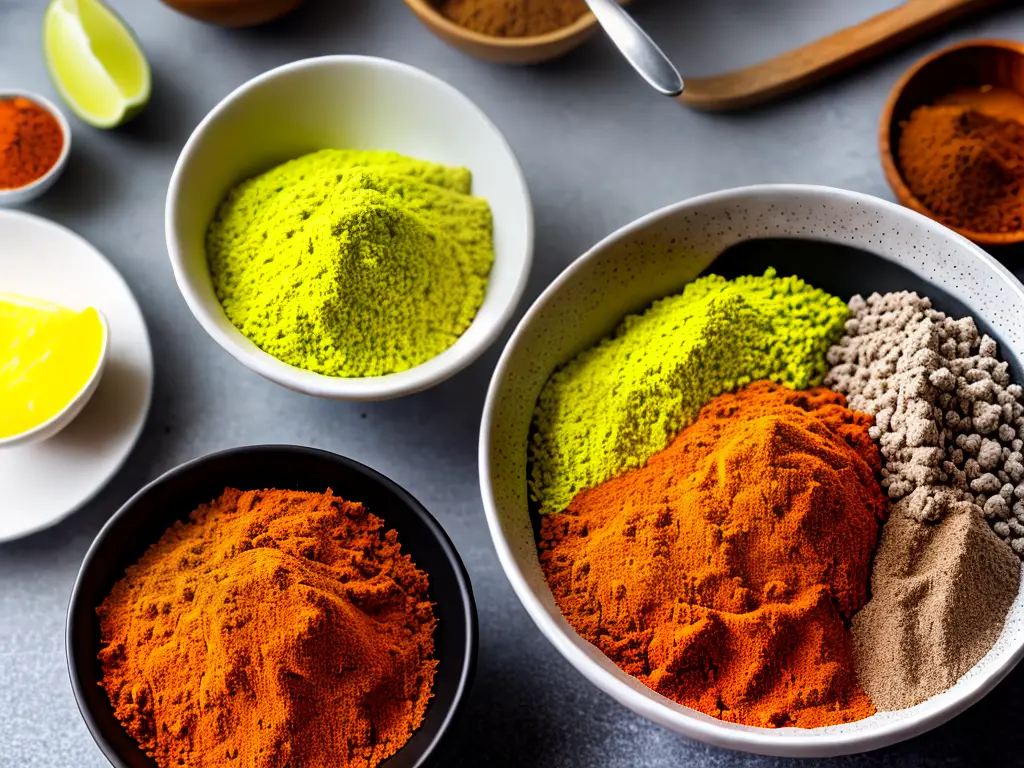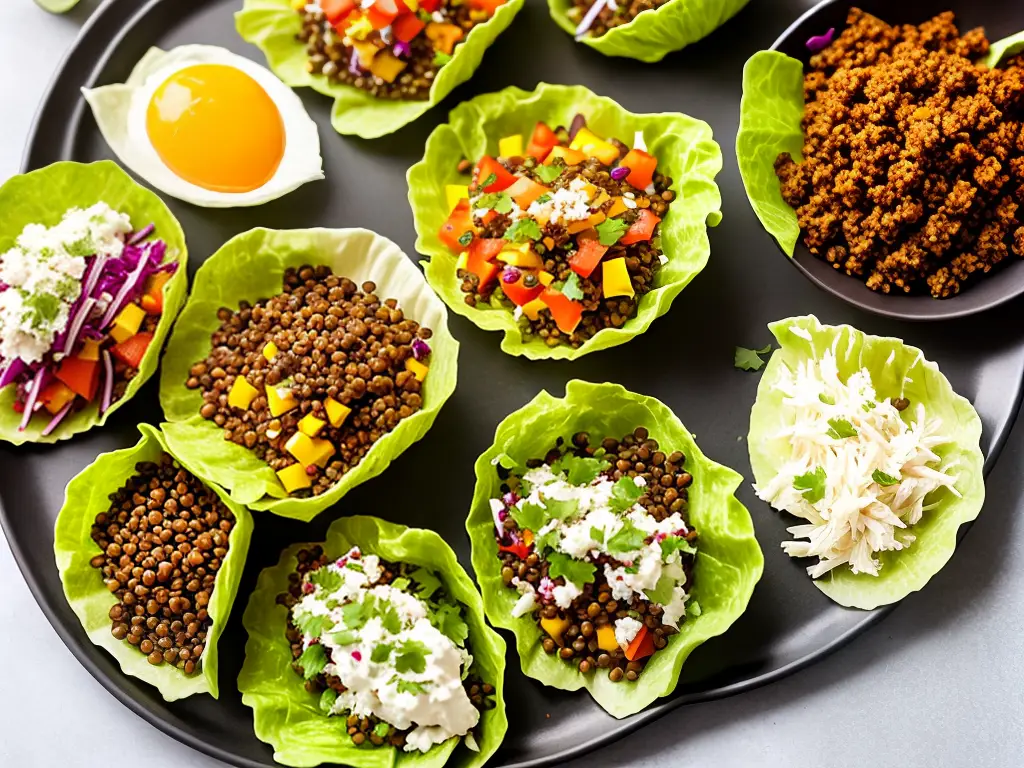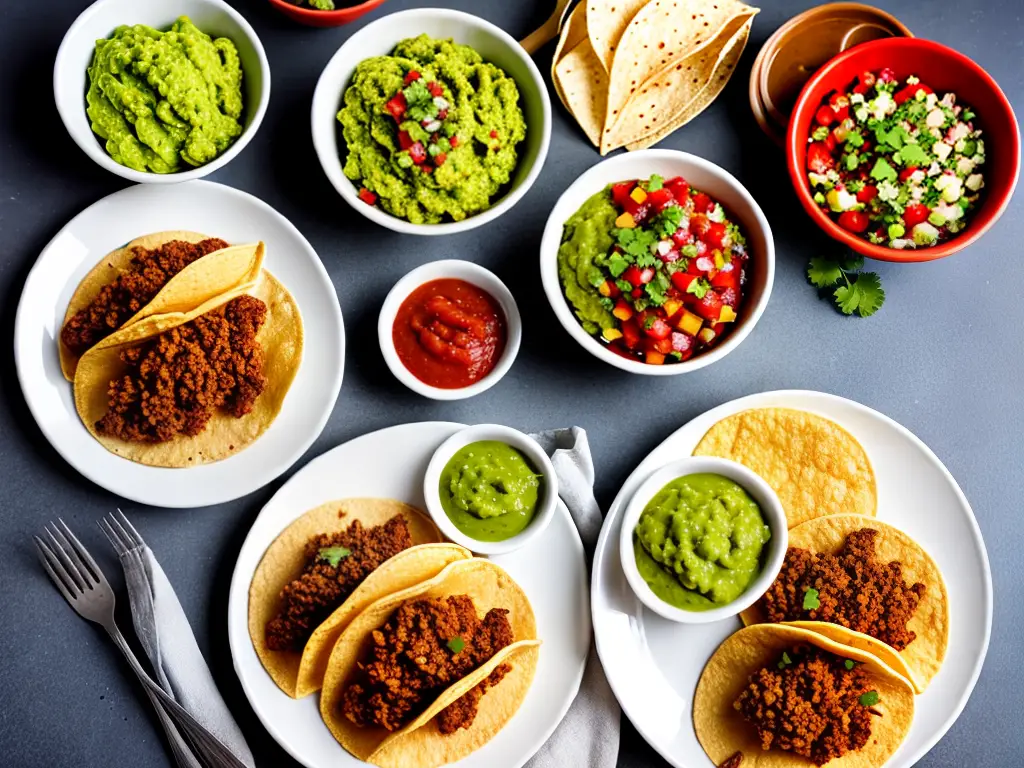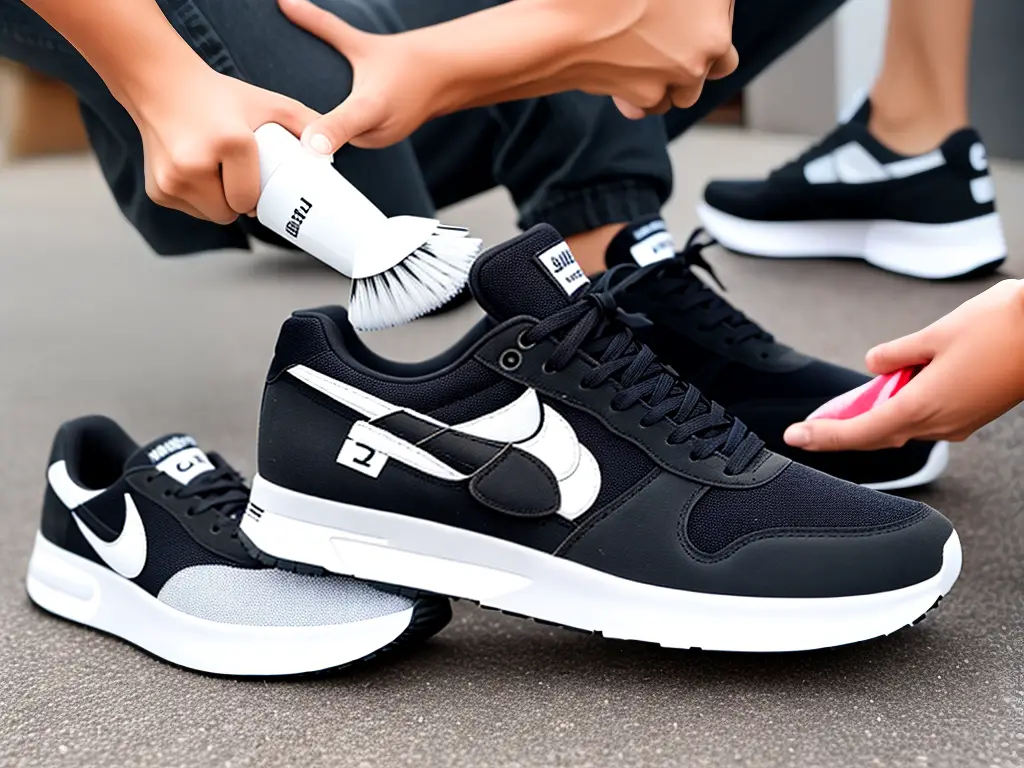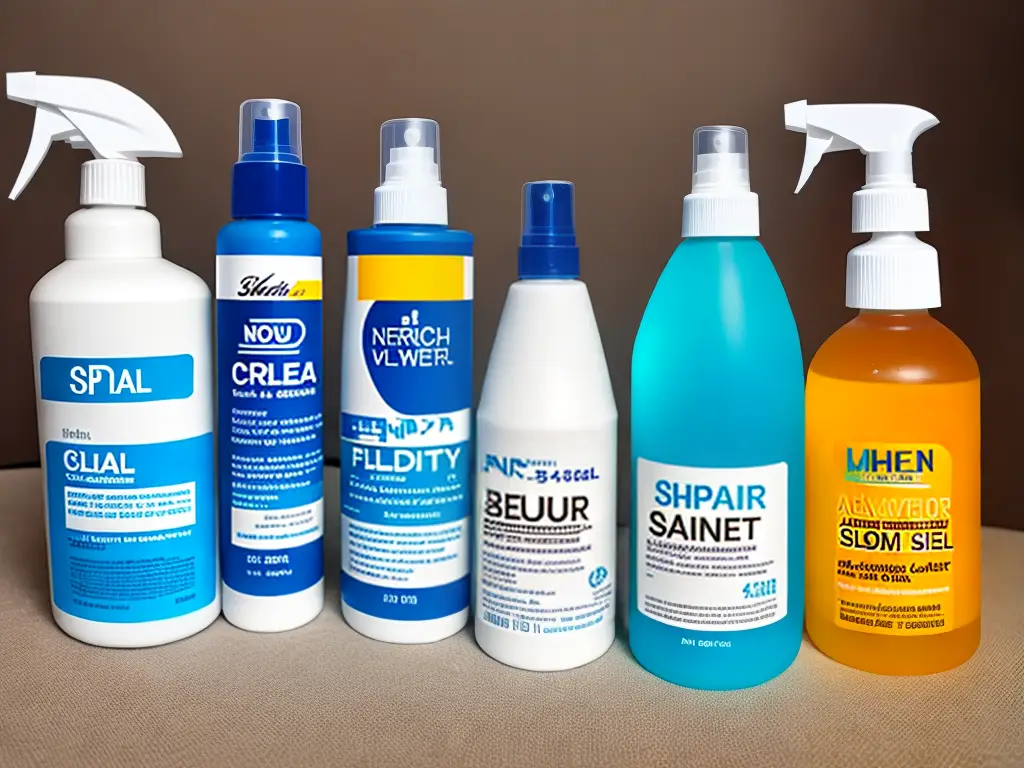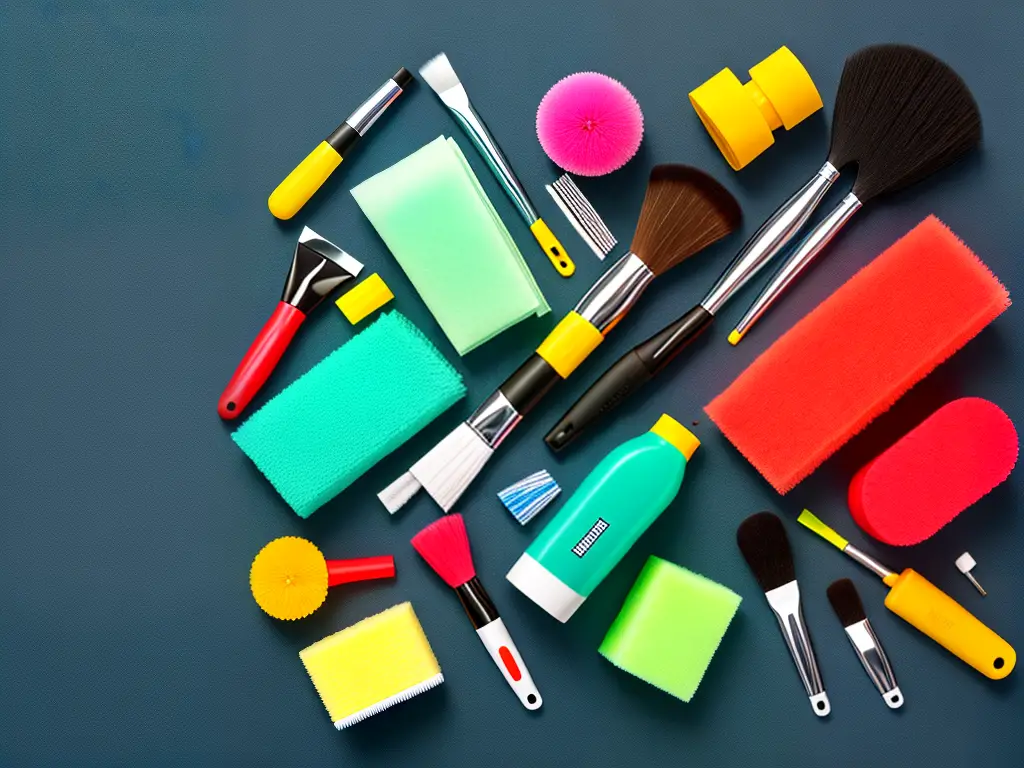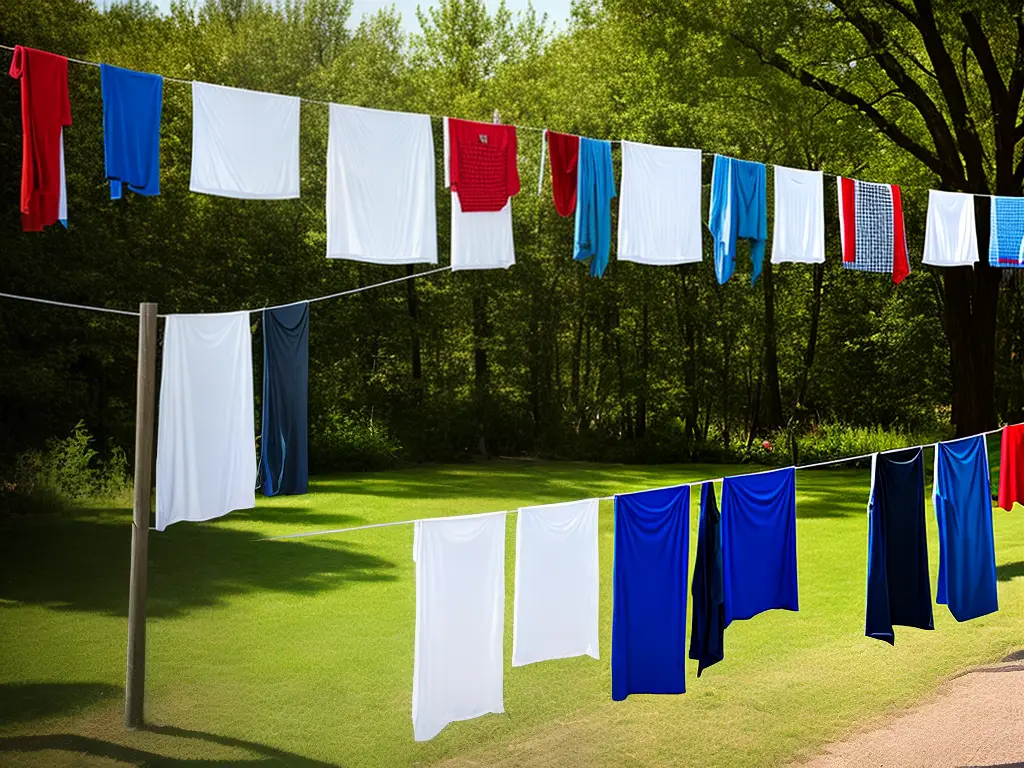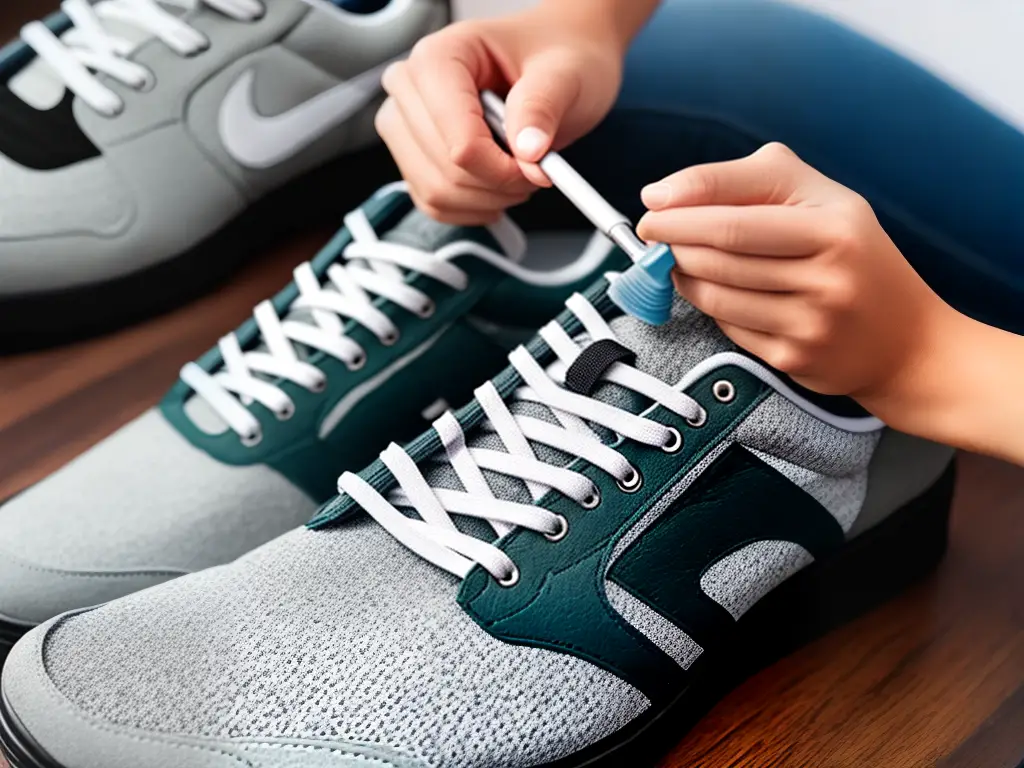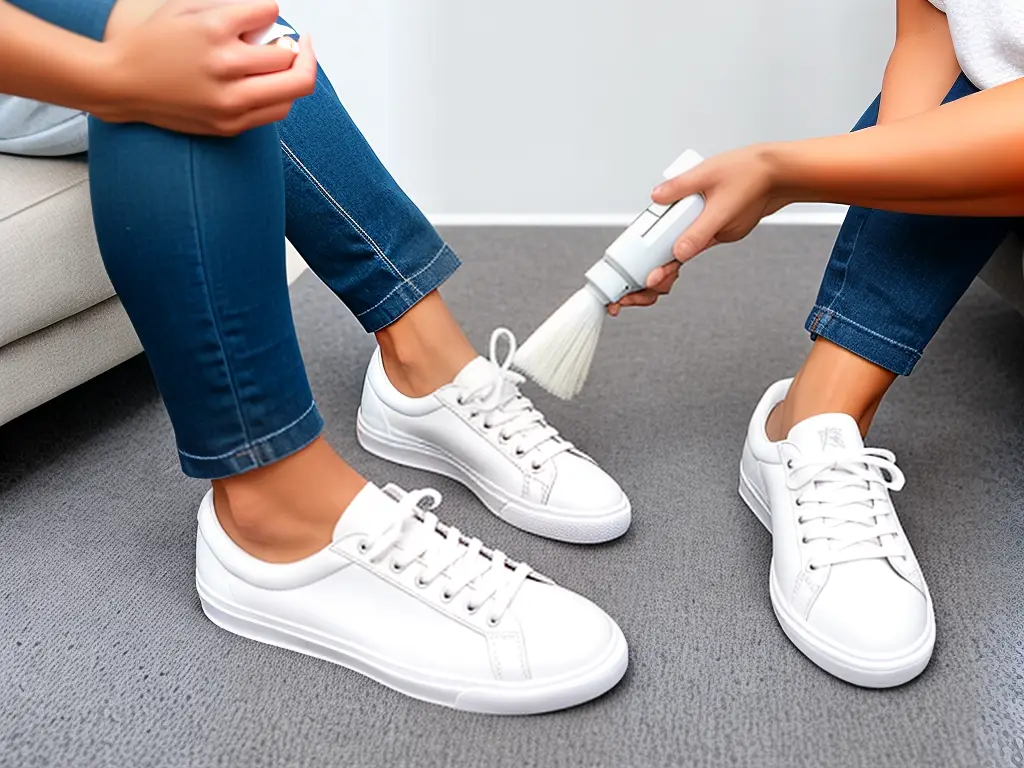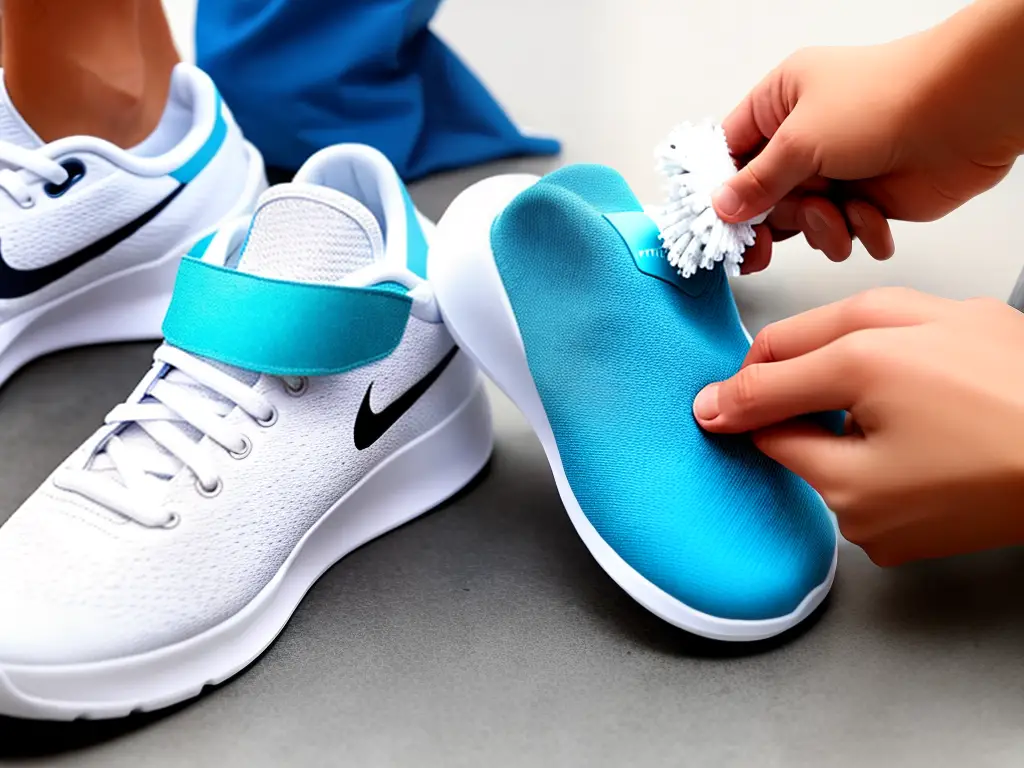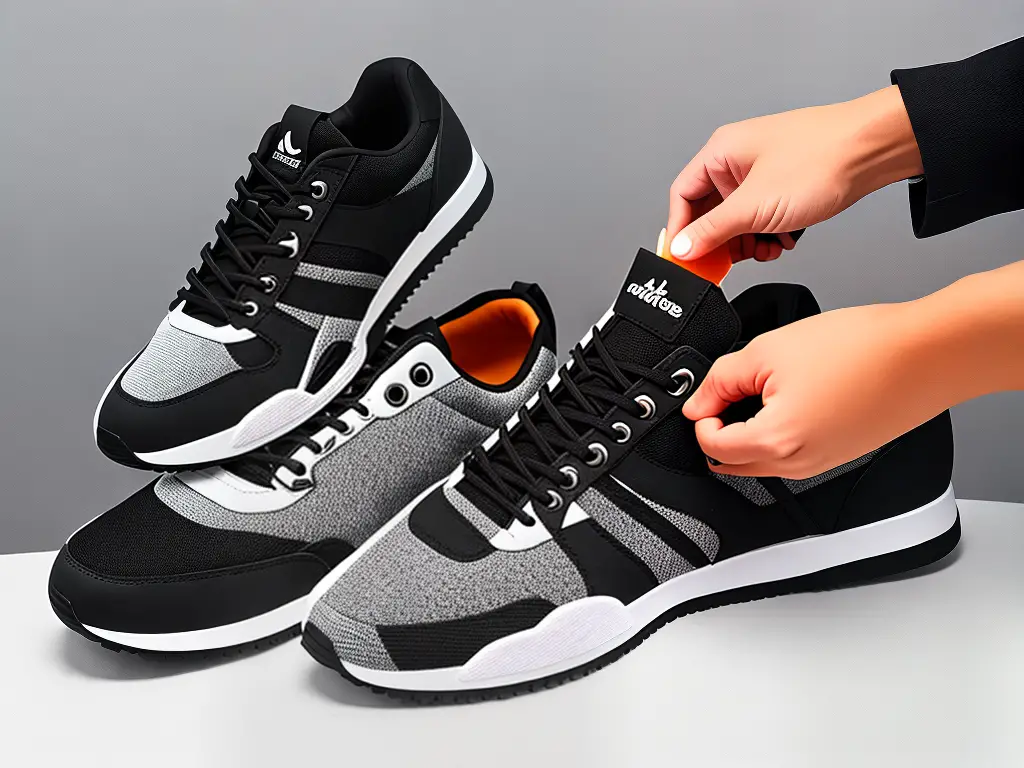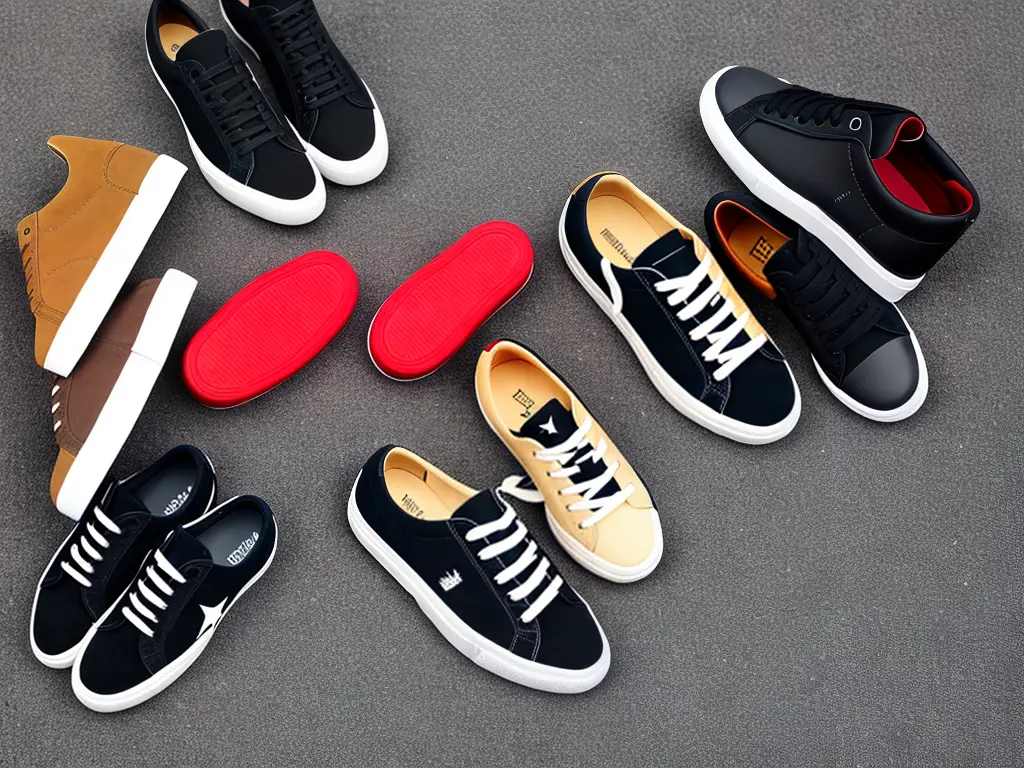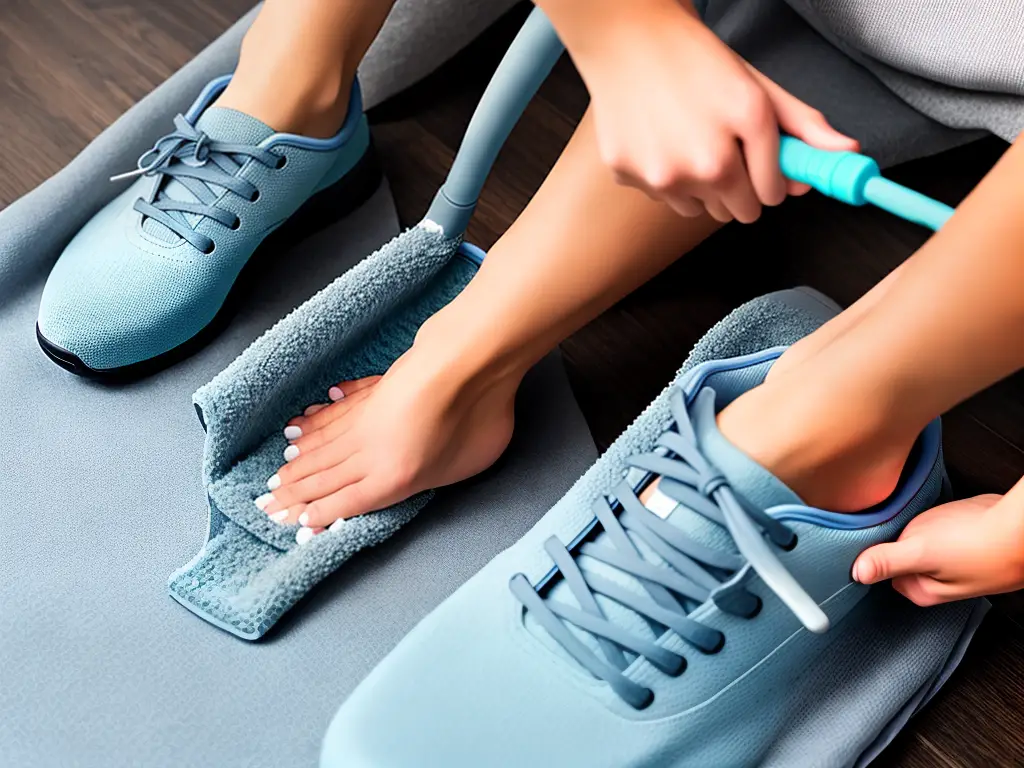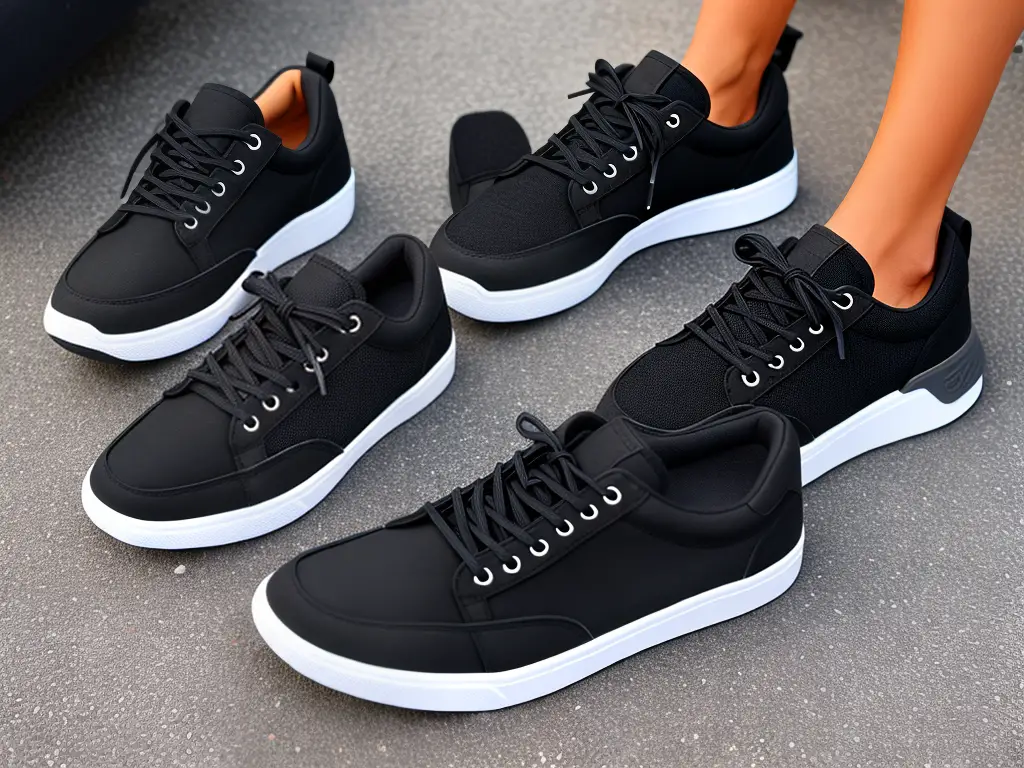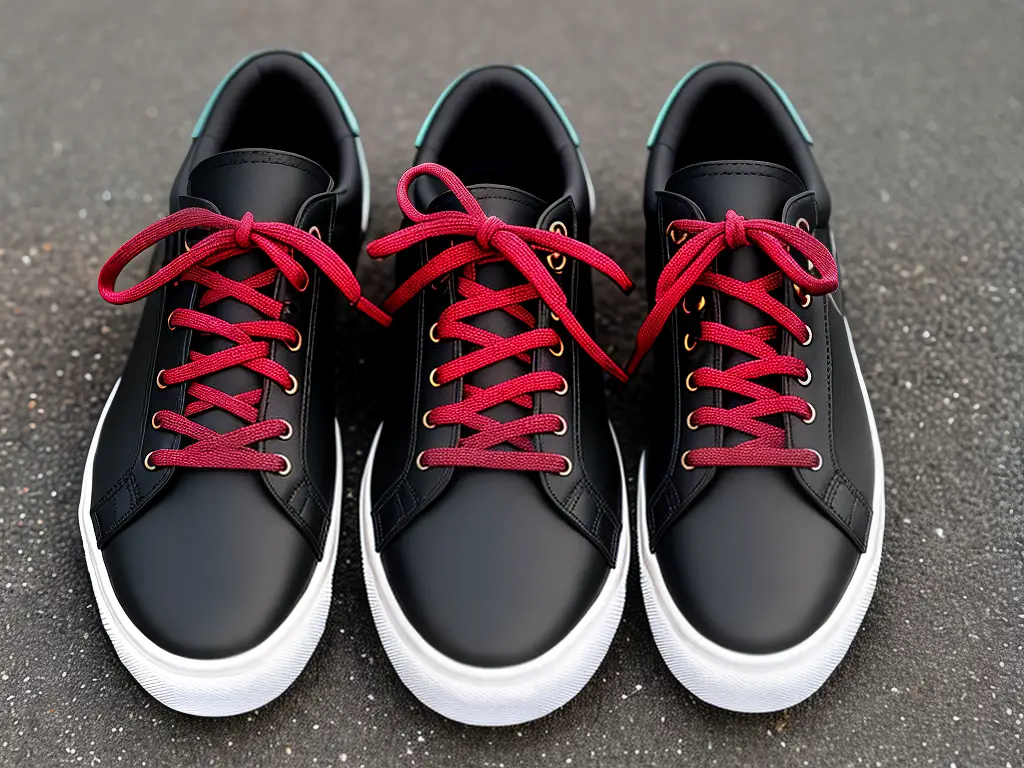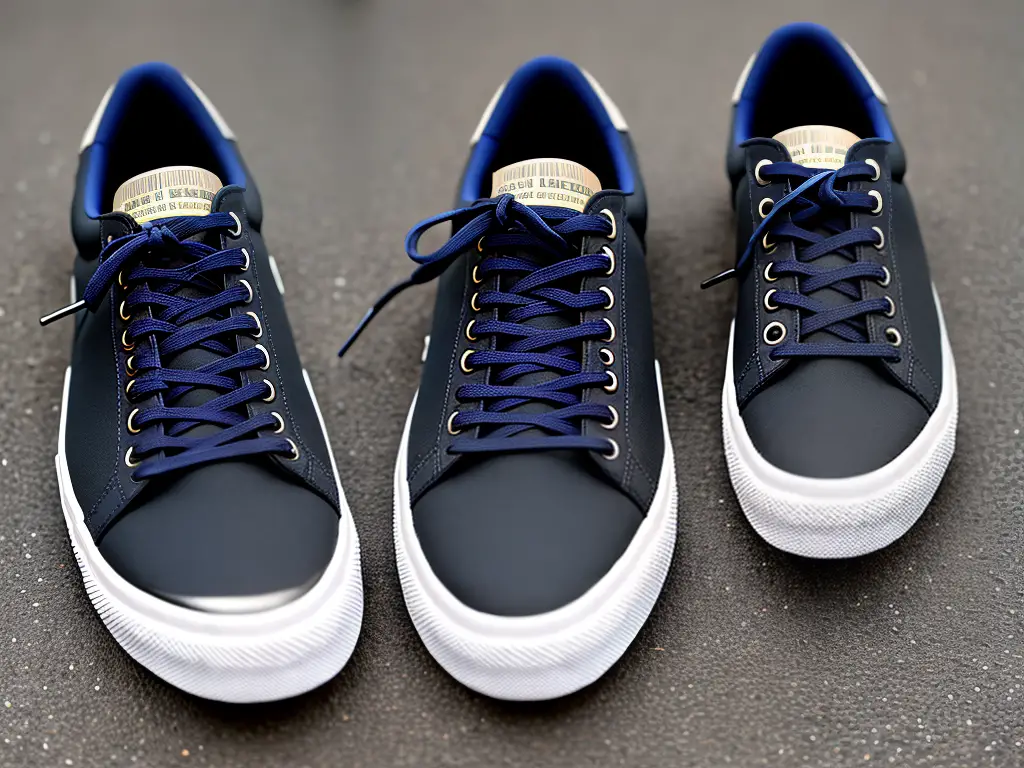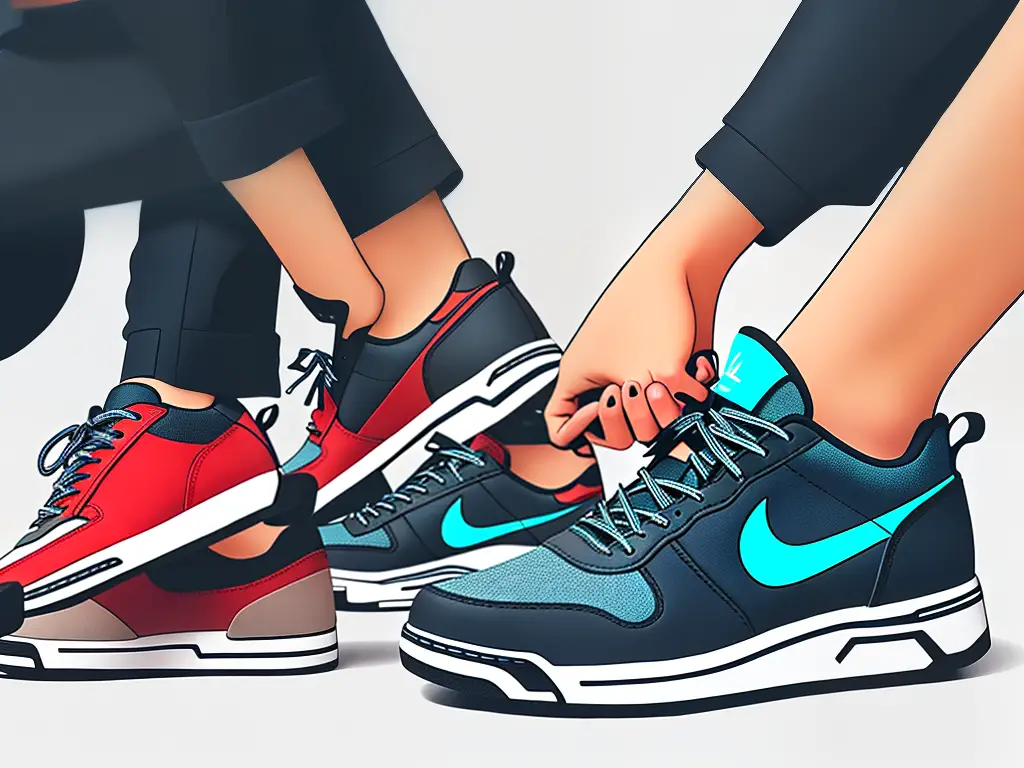Gin, an incredibly versatile spirit, has experienced a resurgence in popularity in recent years. Its diverse flavor profiles, ranging from floral to fruity to spicy, have inspired countless creative concoctions. In this listicle, we will take you on a journey through the top 10 gin cocktails that you must absolutely try. These cocktails are rooted in history, burst with flavor, and showcase the best qualities that gin has to offer. So, grab your mixing glasses and let’s get started.
Classic Gin and Tonic: A Timeless Favorite for Every Gin Lover
The world of cocktails has evolved tremendously over the years with fancy concoctions and creative mixes gracing the menus of the finest bars and restaurants. However, there’s one drink that has stood the test of time and remains a universal favorite among cocktail enthusiasts worldwide – the Classic Gin and Tonic. Simple yet sophisticated, this iconic drink serves as the ultimate benchmark to showcase the quality of any top-shelf gin.
The Gin and Tonic actually has its roots in the British Colonial era. British soldiers used to drink quinine tonics to ward off malaria during their time in India. But, as quinine was extremely bitter, they would mix it with gin to create a more palatable drink, and thus, the Gin and Tonic was born. Nowadays, tonic water still contains quinine, although in much smaller quantities, and is combined with gin and a fresh lime wedge for a refreshing and light cocktail.
It’s said that simplicity is the ultimate sophistication, and the Classic Gin and Tonic proves this adage true. The elegance of this cocktail lies in the perfect balance of its three key ingredients – gin, tonic water, and lime. The botanical flavors of the gin beautifully complement the bitter-sweet notes of the tonic water, while the lime wedge adds a zesty twist to elevate the taste.
- – 2 ounces of your favorite gin
- – 4 ounces of tonic water
- – Ice cubes
- – 1 lime wedge
- – Highball glass (or any glass of your preference)
- Fill your glass with ice cubes to the rim. The ice should be fresh, as stale ice may lend an off-flavor to the drink.
- Add the gin to the glass. The choice of gin plays a crucial role in the taste of your Gin and Tonic. Opt for a high-quality gin with botanical flavors that you enjoy.
- Gently pour the tonic water over the ice to prevent the bubbles from dissipating too quickly.
- Stir slowly and carefully to blend the gin and tonic water without compromising the bubbly fizz.
- Squeeze the fresh lime wedge over your concoction and drop it into the glass. Tossing in the lime adds a zesty hint, while also giving your cocktail a pop of citrus color.
Versatile and effervescent, the Classic Gin and Tonic is an ideal choice for any event or gathering. Whether you’re hosting a sophisticated soiree or simply enjoying a sunset on your deck, this time-honored cocktail will never disappoint. So, raise a toast to good times and great company with the evergreen Classic Gin and Tonic, a cocktail that has, and will continue to, stand the test of time.
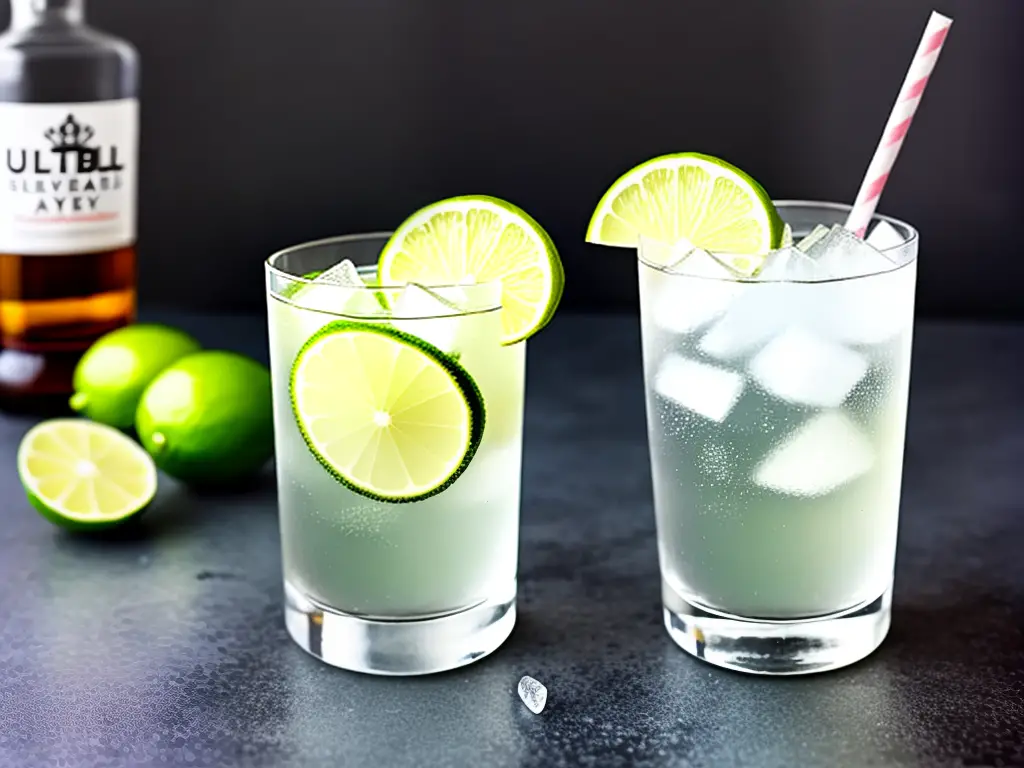
Negroni: A Classic Italian Gin Cocktail
Are you looking for a sophisticated gin cocktail with a unique and bold flavor profile? Look no further, the Negroni is here to elevate your happy hour experience. This classic Italian cocktail boasts a delightful combination of bitter Campari, sweet vermouth, and robust gin. Best served on the rocks with a twist of orange peel, the Negroni is the perfect libation to entertain your taste buds and impress your friends.
Characterized by its brilliant red hue, the Negroni has a fascinating history dating back to the early 20th century. Legend has it that the drink was born in Florence, Italy, when a patron named Count Camillo Negroni asked his bartender friend to strengthen his favorite cocktail, the Americano, by replacing the soda water with gin. And thus, the Negroni was born.
The simplicity of this three-ingredient cocktail should not be mistaken for a lack of complexity in its flavor. The bitterness of Campari leads the charge, soon followed by the sweetness of the vermouth, creating a marvelous balancing act that is rounded out by the juniper-forward flavor of gin. This captivating interplay of bitter, sweet, and herbal notes is what sets the Negroni apart from other gin-based cocktails.
When it comes to crafting the perfect Negroni, the devil is in the details. The ideal proportions are equal parts gin, Campari, and sweet vermouth – typically one ounce of each. This allows each element to shine equally, showcasing the harmony between the ingredients. To prepare, simply combine the ingredients in a mixing glass with ice, stir until well chilled, and strain into a rocks glass filled with fresh ice. Garnish with an orange peel twist to unlock another layer of refreshing citrus aroma.
Don’t be surprised if you find yourself falling in love with this charming Italian aperitif – the Negroni is truly unlike any other cocktail. It’s the perfect choice for pre-dinner drinks or a chic gathering with friends. So why wait any longer? Raise your glass, toast to la dolce vita, and discover the captivating allure of a Negroni tonight. Cheers!

Tom Collins: The Classic Fizzy Gin Cocktail You Need to Try
Gin lovers, rejoice! We’re exploring the top 10 gin cocktails you need to try, and the Tom Collins is one refreshing drink that truly deserves its spotlight on this list. The perfect blend of sweet and tart, this classic cocktail is a tall drink that not only intrigues your taste buds but also turns heads with its effervescent beauty. Let’s dive into the enchanting world of Tom Collins and learn more about its origins, unique taste, and how you can make it at home.
The Origins of Tom Collins:
The history of the Tom Collins can be traced back to the 19th century when it was first created in England. Originally conceived as the John Collins by a bartender working at Limmer’s Old House in London, the drink’s name changed to Tom Collins after the gin base was swapped from Old Tom gin to London dry gin.
The Tom Collins gained popularity in the U.S. during the late 1800s when it was recognized in Jerry Thomas’ Bartenders Guide as a “gin and sparkling lemonade” drink. The cocktail has since then been a go-to choice at bars and parties alike!
The Refreshing Taste of Tom Collins:
The Tom Collins is a delightful balance of sweet, tart, and fizzy! The recipe calls for gin, lemon juice, sugar syrup, and soda water. The gin adds a botanical and juniper-forward base while the lemon juice provides a zesty citrus flavor. Sugar syrup sweetens the mix, and soda water contributes the carbonation that makes this drink irresistibly refreshing!
It is typically served in a Collins glass, a tall, narrow tumbler that accommodates the towering nature of this fizzy concoction. A garnish of a lemon slice and a maraschino cherry adds a pop of color and a touch of elegance.
How to Make Your Own Tom Collins:
Ready to make this fantastic cocktail at home? Here’s a quick and easy recipe for you:
- 2 oz gin (preferably London dry gin)
- 1 oz fresh lemon juice
- 0.5 oz simple syrup
- Soda water
- Lemon wheel and maraschino cherry, for garnish
Instructions:
- Fill a Collins glass with ice.
- In a cocktail shaker filled with ice, combine gin, lemon juice, and simple syrup. Shake well.
- Strain the mixture into the ice-filled Collins glass.
- Top off with soda water.
- Gently stir to combine and garnish with a lemon wheel and maraschino cherry.
Now you’re ready to enjoy a Tom Collins! Elegant, fizzy, and full of character, Tom Collins is a gin cocktail you simply can’t afford to miss. Cheers to this fabulous classic!

The Tangy Twisted Classic Gimlet Gin Cocktail
When it comes to gin cocktails, there is an almost endless array of options to suit every taste. As we explore the best of the best, it’s impossible to overlook the minimalist but impactful Gimlet. Clocking in at a solid #4 on our top 10 gin cocktails, this tangy beverage is easy to make, yet its flavors are so well-balanced and satisfying that it’s often considered a hallmark of a skilled bartender or mixologist.
Believed to have been named after the British naval surgeon Sir Thomas Gimlette, who introduced it to the Royal Navy as a medicine, the Gimlet has a storied past. Sir Thomas used to mix equal parts gin and lime cordial to create a concoction that helped prevent scurvy amongst sailors. Today, this classic gin cocktail is appreciated around the world, proving that sometimes simplicity is key.
The true beauty of the Gimlet lies in its simplicity. With a combination of gin, lime cordial, and sometimes a splash of soda water, the cocktail boasts a perfect balance of tartness, sweetness, and bitterness. This harmonious blend is what captivates drinkers, offering a welcome refreshment without any extra fuss. The recipe is easily customizable to suit individual preferences, with many variations featuring additions such as elderflower, cucumber, or even the use of other spirits.
How to Make a Classic Gimlet:
- 2 oz gin
- 1/2 oz lime cordial
- Lime wheel, for garnish
- Combine the gin and lime cordial in a cocktail shaker filled with ice.
- Shake for about 15 seconds, ensuring the ingredients are well-mixed and chilled.
- Strain the mixture into a chilled coupe glass or an Old-Fashioned glass filled with fresh ice.
- Garnish with a lime wheel and serve immediately.
The secret to mastering the classic Gimlet is to source the best gin and lime cordial you can find. High-quality ingredients will make a massive difference in flavor, so don’t skimp on them. Opt for aromatic, well-balanced gins and tart, sweet lime cordials – you’ll thank yourself as you’re sipping on this delightful, tangy concoction.
The Gimlet is a testament to how simplicity can be an asset in the world of cocktails. Its easy-to-make nature only adds to its appeal, especially for gatherings, special occasions, or just a quiet evening at home. So, next time you’re feeling a little scurvy, make yourself a Gimlet and enjoy its history, crisp flavors, and smoothly satisfying taste. Cheers!
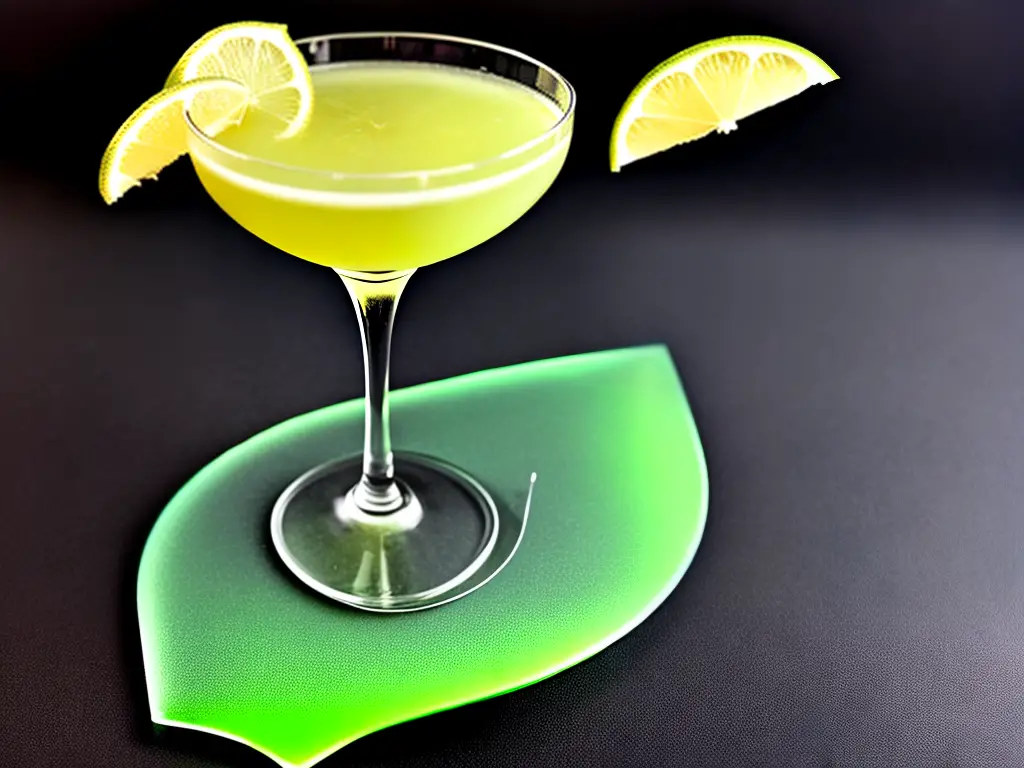
Discover the Classic Elegance of an Aviation Gin Cocktail
In the world of cocktail enthusiasts, gin holds a special place for its complex yet versatile flavor combinations. With many possible twists and concoctions, gin cocktails have always remained a classic favorite among drinkers. While a gin and tonic might be your go-to, our top 10 list of gin cocktails will share a variety of options to entice your senses. Let’s dive into one of our favorites: the Aviation cocktail.
The Sky’s the Limit: A History of the Aviation
The Aviation cocktail is a timeless classic dating back to the early 20th century. Created by bartender Hugo Ensslin in 1911 and featured in his self-published recipe book, “Recipes for Mixed Drinks,” Aviation was a shining example of how the world had taken to the skies with the introduction of airplanes in those days. It’s no surprise that the name was inspired by the aeronautical feats of this era.
Taking Flight: Ingredients and Steps
The Aviation recipe may have evolved over the years, but the original version remains a top choice for gin enthusiasts. For a delightful taste of classic elegance, gather the following ingredients:
- 2 oz. gin
- 1/2 oz. lemon juice (freshly squeezed for best results)
- 1/3 oz. maraschino liqueur
- 1/4 oz. crème de violette (optional, but highly recommended for both color and taste)
To create your signature Aviation cocktail, follow these steps:
- Fill a cocktail shaker with ice.
- Add the gin, lemon juice, maraschino liqueur, and crème de violette to the shaker.
- Shake well to combine and chill the ingredients, typically for about 15 to 20 seconds.
- Strain the cocktail into a chilled coupe or cocktail glass.
- Optional: garnish with a lemon twist, cherry, or both to add a touch of flair.
Landing: The Tasting Experience
The Aviation’s unique blend of flavors sets it apart from other gin cocktails. The citrusy fresh tang of lemon juice enhances the botanical notes of gin, while maraschino liqueur adds a subtle sweetness. The pièce de résistance, crème de violette, contributes both a velvety floral flavor and a beautiful pastel purple hue, reminiscent of fluffy clouds and endless skies. The combination of flavors is delicate and sophisticated, making it an exquisite choice for any palette.
Conclusion: Classic Elegance, Modern Appeal
The Aviation is an elegant classic that could inspire anyone to expand their gin cocktail arsenal. Despite its historical origins, the cocktail remains relevant and admired in modern times for its exceptional flavor profile and undeniable visual charm. Whether it’s for a special occasion, a cocktail party, or just a night in, give the Aviation a try and let your taste buds soar to new heights. Cheers!
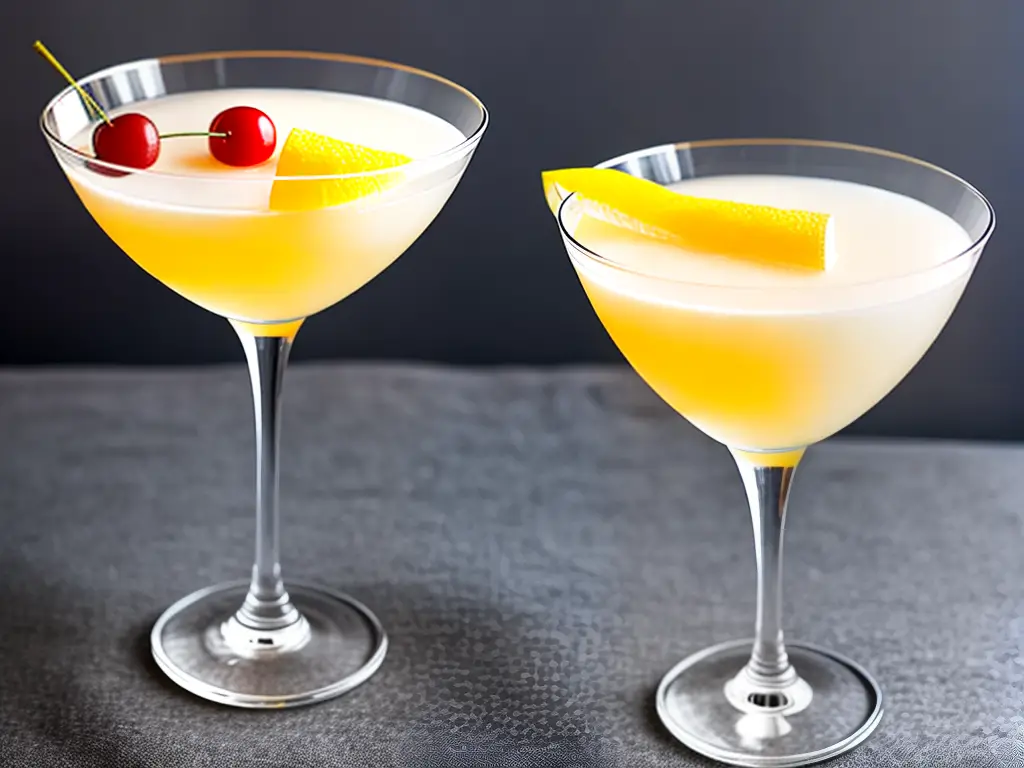
Bee’s Knees: The Perfect Gin Cocktail to Buzz About
A true classic never fades, and the Bee’s Knees cocktail is no exception. Born during the Prohibition era, this delightful concoction has maintained its popularity for almost a century, thanks to its perfect blend of distinct flavors that only continue to enchant gin enthusiasts across generations. If you’re looking to explore a timeless gin cocktail, you’ve found the answer. Sit back, relax, and let’s delve into the world of the Bee’s Knees.
The Origins of the Bee’s Knees
The Prohibition era in the United States (1920-1933) was a time when alcohol production, sale, and transportation were illegal, leading to a rise in underground bars known as speakeasies. To mask the poor quality of homemade gin, bartenders mixed alcohol with fruit juices and other flavorful ingredients, leading to the creation of several renowned cocktails—including the Bee’s Knees.
What’s in a Bee’s Knees?
The Bee’s Knees is simplicity in a glass—made with just three core ingredients, each playing a crucial role in creating its sublime flavor. Here’s the classic recipe:
- 2 oz. gin
- ¾ oz. fresh lemon juice
- ¾ oz. honey syrup (a 1:1 mixture of honey and water, heated until the honey dissolves)
These simple ingredients meld together to create a satisfyingly refreshing cocktail—a perfect choice on a hot day or to serve at any gathering.
How to Make a Bee’s Knees
Preparing a Bee’s Knees cocktail is fuss-free and takes no time at all:
- Fill a cocktail shaker with ice.
- Pour in the gin, lemon juice, and honey syrup.
- Shake well to chill and combine the ingredients.
- Strain the mixture into a coupe glass, or any other elegant glass of your choice.
- Optionally, garnish with a lemon twist.
Within minutes, you’ll have an exquisite cocktail that’s both visually appealing and tantalizing to the taste buds.
Why You Should Try the Bee’s Knees
The Bee’s Knees is a cocktail that showcases a perfect balance of flavors—sharp, fresh lemon juice cuts through the sweetness of the honey syrup, while the botanical elements in gin add depth and complexity to the overall taste. This delightful blend is not too sweet, nor too sour—it’s just right.
Besides its exceptional taste, the Bee’s Knees has a touch of history and intrigue to it. With each sip, you’ll be transported back to the clandestine world of speakeasies and the spirit of the Roaring Twenties. This is a cocktail that’s sure to foster interesting conversations and admiration from fellow gin lovers.
Conclusion
Among the vast ocean of gin cocktails, the Bee’s Knees stands out as a true classic that effortlessly captures the essence of a bygone era, while maintaining its relevance in today’s world of libations. This simple, yet elegant cocktail is refined, tasteful, and absolutely worth a try—whether you’re a seasoned gin enthusiast or just beginning your journey. Cheers to the Bee’s Knees—the perfect gin cocktail to buzz about!
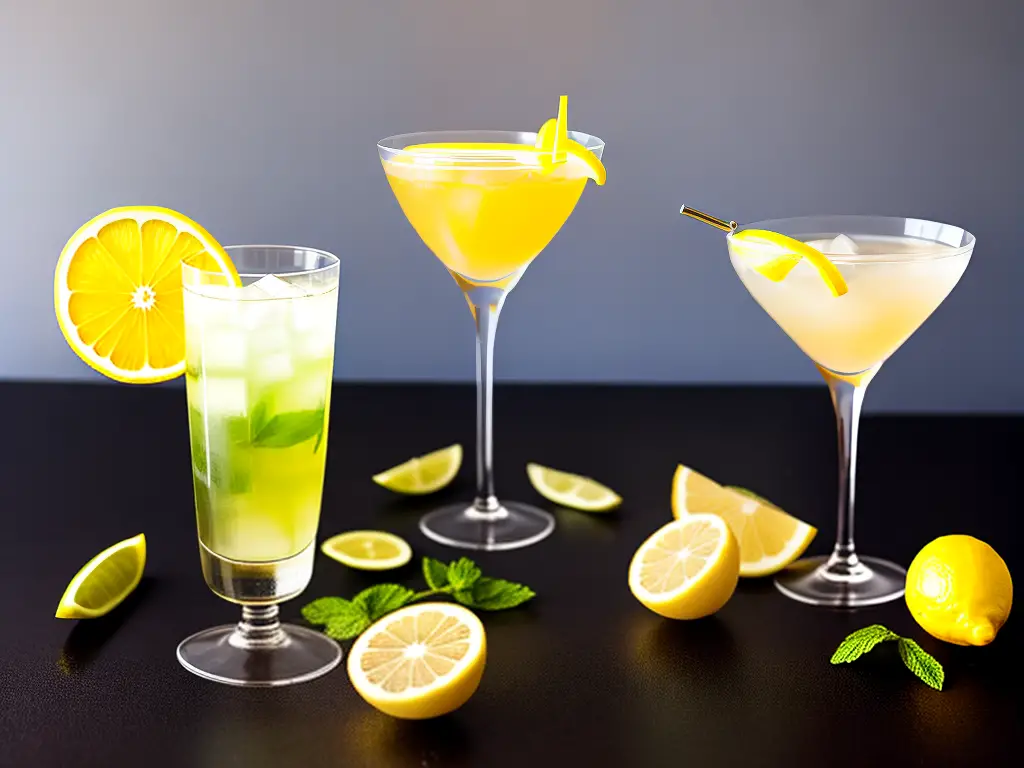
Singapore Sling: A Tantalizing Taste of the Tropics
Imagine sipping a delightful cocktail that transports your taste buds straight into the heart of a tropical paradise. A cocktail that perfectly blends the crispness of gin, the sweetness of cherry brandy, the zest of orange liqueur, and the inviting freshness of pineapple juice, all topped with a dash of grenadine. Well, that heavenly concoction exists, and it’s called the Singapore Sling.
The Singapore Sling is a vibrant gin-based cocktail that has been delighting enthusiasts worldwide since its creation over a century ago. Believed to have originated at the Long Bar in Singapore’s famed Raffles Hotel, this alluring cocktail has become an icon in the world of mixology.
As you lift the glass, the luscious aroma of pineapple and orange entices your senses while the brilliant pink hue, courtesy of the grenadine, promises a visual treat. Your first sip reveals a splendid mix of flavors, as the potency of the gin finds a perfect match in the sweet and tangy fruit juices. The cherry brandy and orange liqueur add depth, creating a well-rounded concoction that leaves you craving more.
What sets the Singapore Sling apart from other gin cocktails is its captivating presentation. Each glassful is overflowing with the excitement of the tropics, typically garnished with a slice of juicy pineapple, a twist of citrus peel, and a cherry to complete the picture. As you savor each sip, you can’t help but feel transported to a sun-kissed beach, with palm trees swaying in the breeze and a soothing ocean soundtrack playing in the background.
In an era of increasingly complex and experimental cocktails, the Singapore Sling stands the test of time as a classic, accessible, and refreshing drink. It’s a must-try for gin lovers and tropical-drink-enthusiasts alike, so why not whip up one next time you’re in the mood for a taste of the exotic?
Recipe for Singapore Sling
- 1 1/2 oz Gin
- 1/2 oz Cherry Brandy
- 1/2 oz Orange Liqueur (e.g. Cointreau or Triple Sec)
- 3 oz Pineapple Juice
- 1/2 oz Fresh Lime Juice
- 1/4 oz Grenadine
- Club soda (optional)
- Ice
- Garnish: Pineapple slice, orange or lemon twist, and cherry
Instructions:
- Combine gin, cherry brandy, orange liqueur, pineapple juice, lime juice, and grenadine in a cocktail shaker filled with ice.
- Shake well and strain into an ice-filled highball or Collins glass.
- Top with a splash of club soda if desired, and gently stir.
- Garnish with pineapple slice, citrus twist, and cherry. Enjoy responsibly.
Get ready to dive into the world of tropical cocktails with the ever-popular Singapore Sling, a gin-based treasure that never ceases to delight and impress!

Bramble: The Berrylicious Gin Cocktail You Need to Try
Are you tired of the same old gin cocktails and looking for something new to try? Say hello to the Bramble, a delightful, fruity concoction that bursts with flavor and charm. Ranked at number 8 in our top 10 gin cocktails list, the Bramble is sure to become a new favorite for gin enthusiasts and fruit lovers alike.
The Bramble – A Brief History:
With its origins dating back to the 1980s, the Bramble was created by legendary British bartender, Dick Bradsell. Inspired by the classic Gin Fix, Bradsell gave it a modern twist with the addition of crème de mûre, a delicious blackberry liqueur. The name “Bramble” comes from the blackberry bush (commonly known as the bramble bush) and perfectly captures the irresistible fruity essence of this delightful cocktail.
The Perfect Mix of Flavors:
The beauty of the Bramble lies in its harmonious blend of flavors. Combining gin’s signature botanical notes with the tartness of lemon juice, the sweetness of sugar syrup, and the rich, berry flavor of crème de mûre, this cocktail is like a symphony for your taste buds.
Every sip of a perfectly made Bramble transports you to a lush garden filled with juicy blackberries, where the sun-kissed citrus fruits create a vibrant dance of citrusy notes. The gin provides a firm backbone for these flavors, grounding this fruity cocktail with its distinctive character.
Garnishing the Bramble:
To truly elevate the Bramble, it’s essential to pay attention to the garnishes. Fresh blackberries are a must, adding a juicy burst of flavor and ensuring that there’s no mistaking the star ingredient of this cocktail. A slice of lemon provides a bright contrast to the deep purple hue of the crème de mûre and adds a zesty flourish to the Bramble’s flavor profile.
The visual appeal of the Bramble is undeniable – the cascading layers of gin, lemon juice, sugar syrup, and crème de mûre create a mesmerizing canvas. When garnished with blackberries and lemon, the aesthetic allure is simply unmatched, making it a fantastic option for entertaining guests or simply elevating your cocktail game at home.
In Conclusion:
The Bramble is undoubtedly a hidden gem in the world of gin cocktails. Its fruity charm and captivating visual appeal make it a must-try for anyone looking to expand their gin horizons. So, the next time you’re in the mood for a gin cocktail with a touch of whimsy, give the Bramble a try – you’re in for a berrylicious treat!
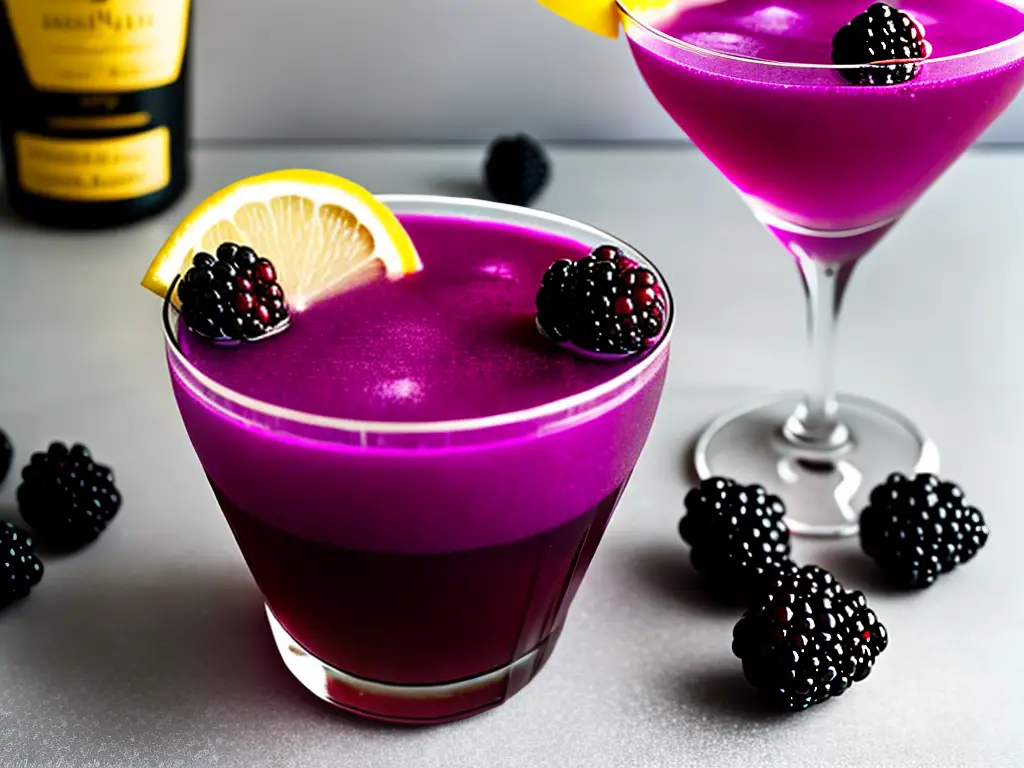
The Timeless Charm of French 75: A Perfect Gin Cocktail for Every Occasion
Get ready to toast to good times as we explore one of the most elegant and classic gin cocktails loved by millions – the French 75. The luxurious blend of gin, lemon juice, sugar syrup, and Champagne in this delightful cocktail has captivated taste buds for decades. Join us as we dive into the history, the recipe, and some interesting variations of the French 75.
A Taste of History:
Originating in the early 20th century, the French 75 owes its name to the powerful 75-mm gun used in World War I. The cocktail’s combination of tartness, sweetness, and a kick of gin mimics the gun’s rapid fire, leaving an indelible impression on those who indulge. Paris is said to be the birthplace of the French 75, with bartender Harry MacElhone of Harry’s New York Bar often credited with its creation.
The Classic Recipe:
To craft the perfect French 75, follow this simple recipe:
- 1.5 oz gin
- 0.75 oz fresh lemon juice
- 0.5 oz sugar syrup
- 3 oz Champagne
- Lemon twist for garnish
Instructions:
- In a cocktail shaker filled with ice, combine the gin, lemon juice, and sugar syrup.
- Shake well until chilled, and strain into a flute glass.
- Top with Champagne and gently stir to combine.
- Garnish with a lemon twist and enjoy!
Variations to Glam-up Your French 75:
The French 75 is a versatile cocktail that allows you to play with different flavors and garnishes. Here are a few twists on the classic version:
- Replace the sugar syrup with a lavender syrup or elderflower liqueur to add more depth and floral notes.
- Experiment with different types of gin, like Old Tom or a more citrus-forward gin, to highlight specific flavors.
- Consider swapping Champagne for Prosecco or another sparkling wine to suit your preference or budget.
- Use a grapefruit twist garnish for a dash of bitterness and contrast to the cocktail’s sweetness.
The French 75 remains a symbol of sophistication, and its charm will never fade. This timeless cocktail is perfect for special occasions or simply elevating a regular evening. Celebrate life in the most stylish way possible, and raise a toast to the world with the unforgettable French 75. Cheers!”

Top 10 Gin Cocktails: #10 Clover Club
The gin cocktail scene has always been an integral part of the world of mixology. With its sophisticated taste and versatile flavor profile, gin complements various ingredients producing mind-blowing concoctions. In this series of top 10 gin cocktails, we take you through some of the most exquisite gin-based drinks you ought to try. At number 10, we have the elegant Clover Club cocktail.
Originating from the exclusive Philadelphia men’s club of the same name in the late 1800s, the Clover Club has stood the test of time as a pre-Prohibition classic cocktail. Known for its delicate flavors, frothy texture, and pale pink hue, the Clover Club exudes an air of refinement and sophistication, making it a perfect choice for those special evenings or a fancy night out.
The star ingredient in this delightful cocktail is, of course, gin. Complementing this liquor are a zesty lemon juice, sweet raspberry syrup, and the most peculiar addition of an egg white. Although not everyone may be a fan of raw egg whites in their cocktails, it’s essential to create the frothy and creamy consistency that sets the Clover Club apart from its gin-based siblings.
To make the Clover Club, you’ll need:
- 2 oz gin
- 1 oz fresh lemon juice
- 1 oz raspberry syrup
- 1 egg white
- Fresh raspberries, for garnish
In a cocktail shaker filled with ice, pour in the gin, lemon juice, raspberry syrup, and egg white. Shake well to combine and emulsify the egg white. Strain the mixture into a chilled coupe or martini glass. Garnish with fresh raspberries for that picture-perfect touch.
The Clover Club is a testament to the grace and charm of classic cocktails, with its flawless blend of botanical flavors of gin, tangy lemon, and fruity sweetness of raspberry syrup. And while the addition of egg white may not be everyone’s cup of tea, it adds an exquisite touch that elevates the drinking experience to new heights.
So, whether you’re a gin connoisseur or simply looking for an elegant cocktail to impress your guests, the Clover Club is a must-try. As we continue this journey through the top 10 gin cocktails, we promise to bring you an eclectic mix of flavors that truly showcase the magnificence of gin. Stay tuned for our next gem in this remarkable list of gin cocktails. Cheers!
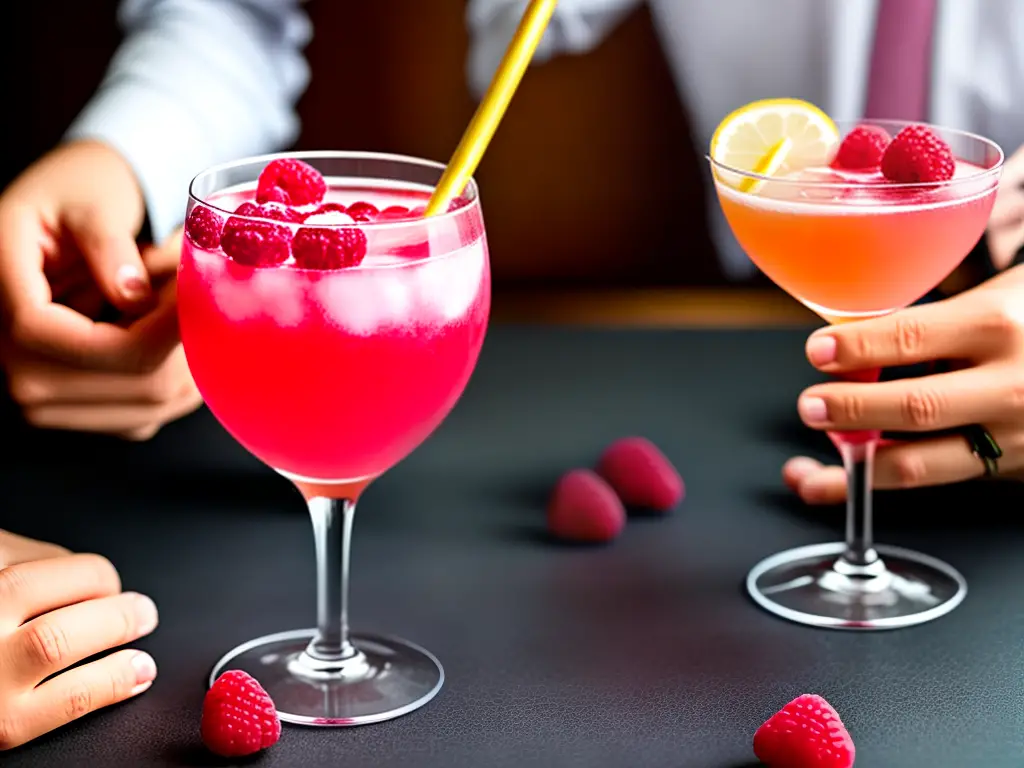
These top 10 gin cocktails provide a fantastic introduction to the world of gin-based drinks. Each one of these cocktails varies in flavor, complexity, and appearance, ensuring there’s something for everyone to enjoy. As you explore these delightful mixtures, you may find some new favorites to add to your list of go-to drinks. So next time you’re craving a refreshing libation, grab your trusty bottle of gin and mix up one (or more) of these exquisite cocktails. Cheers!
